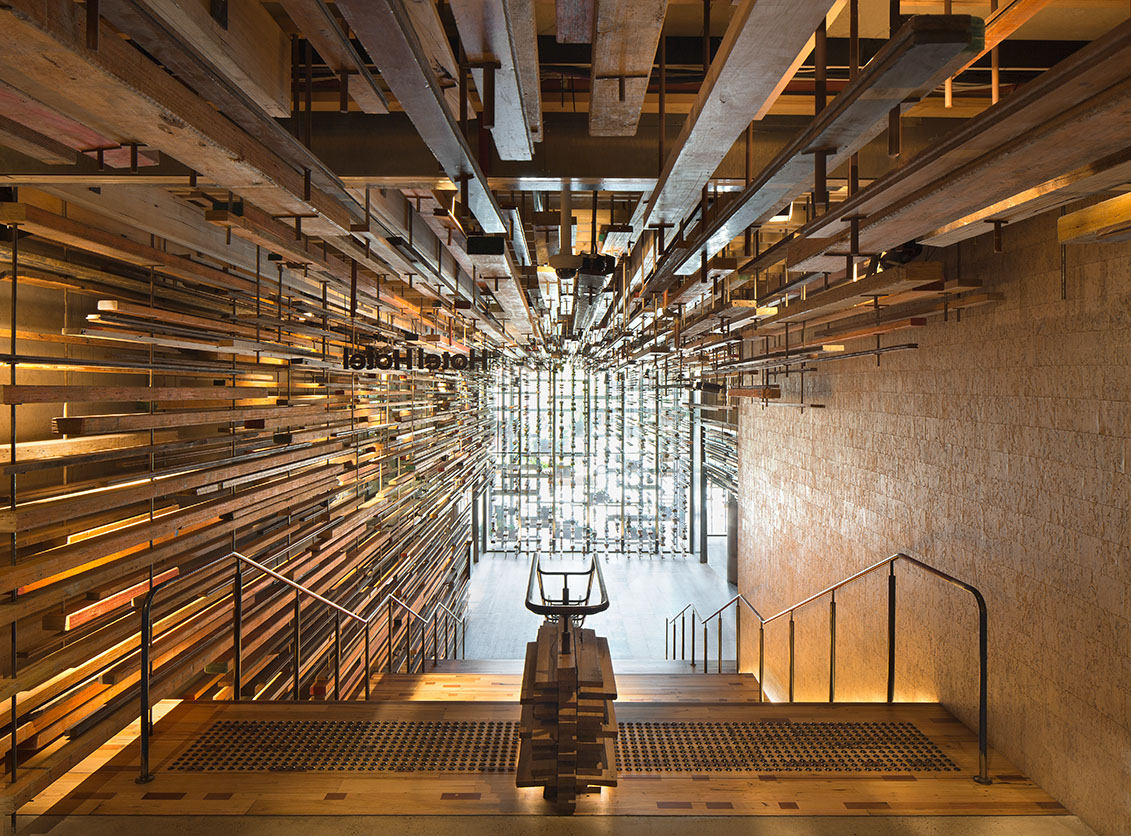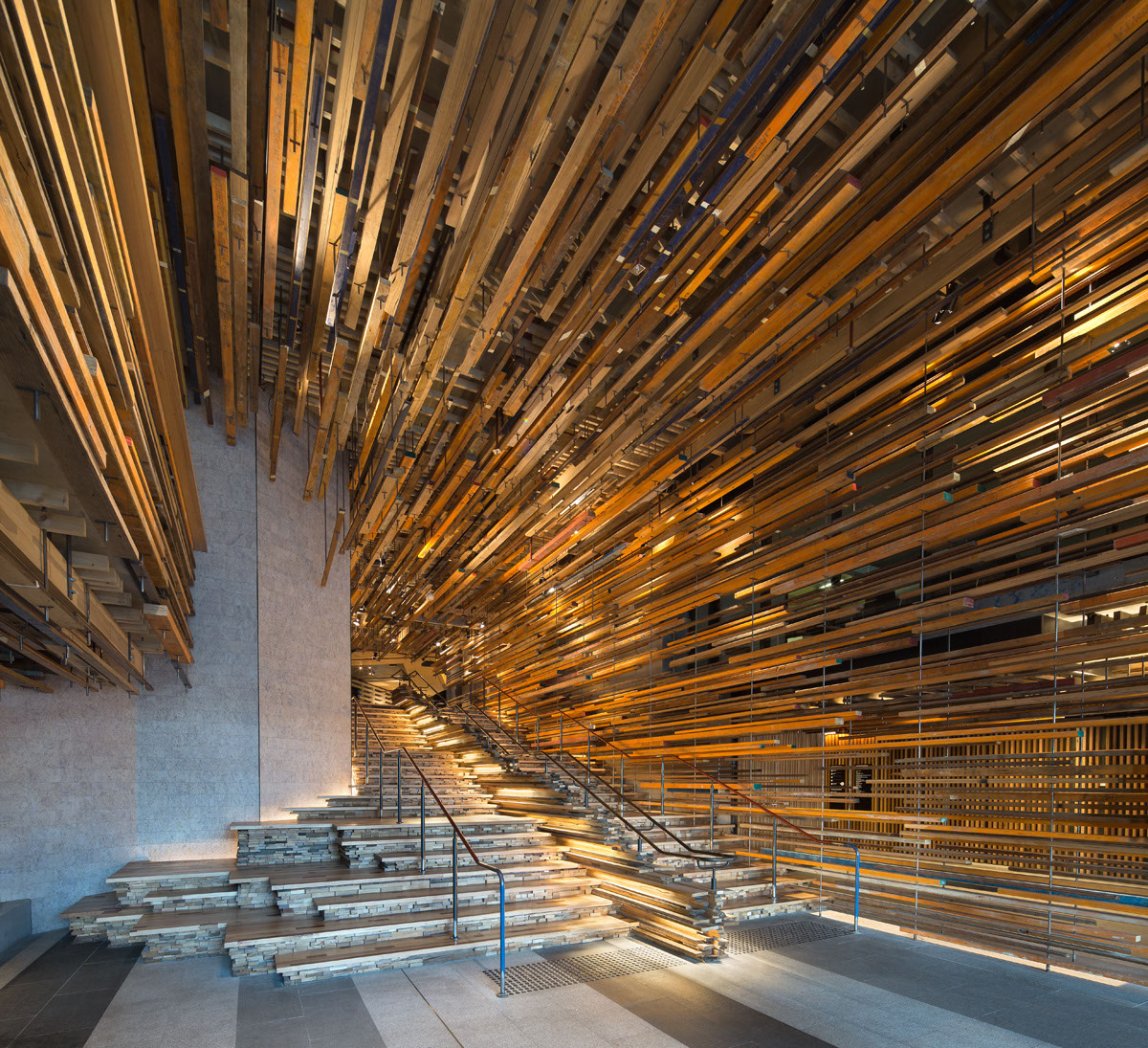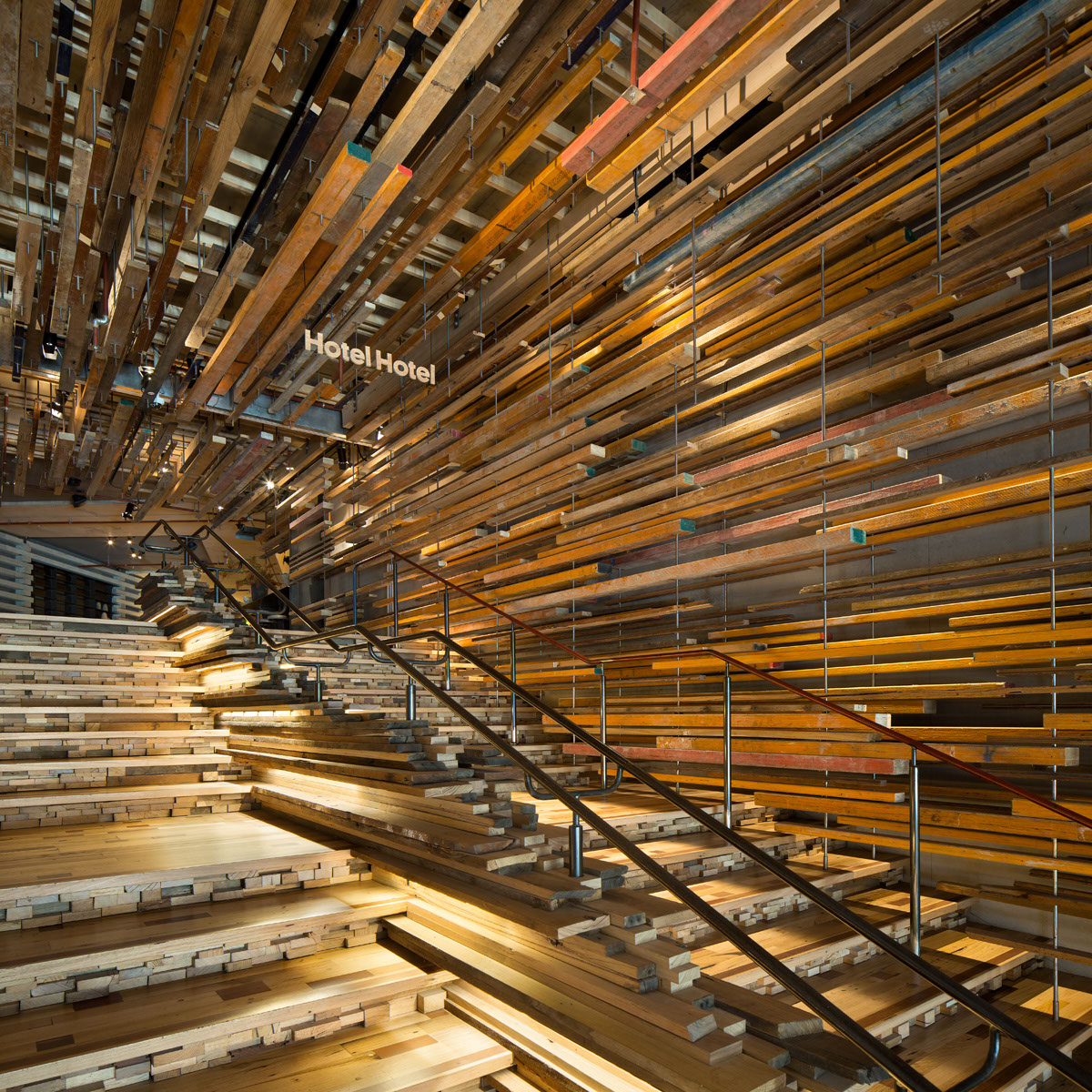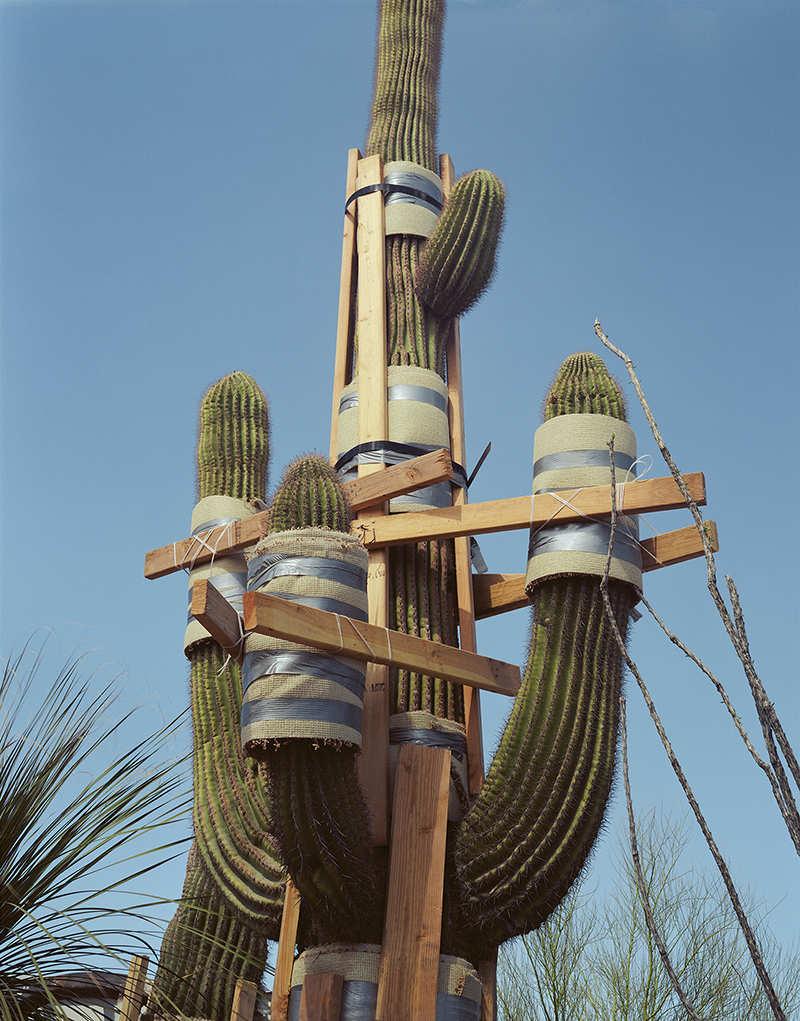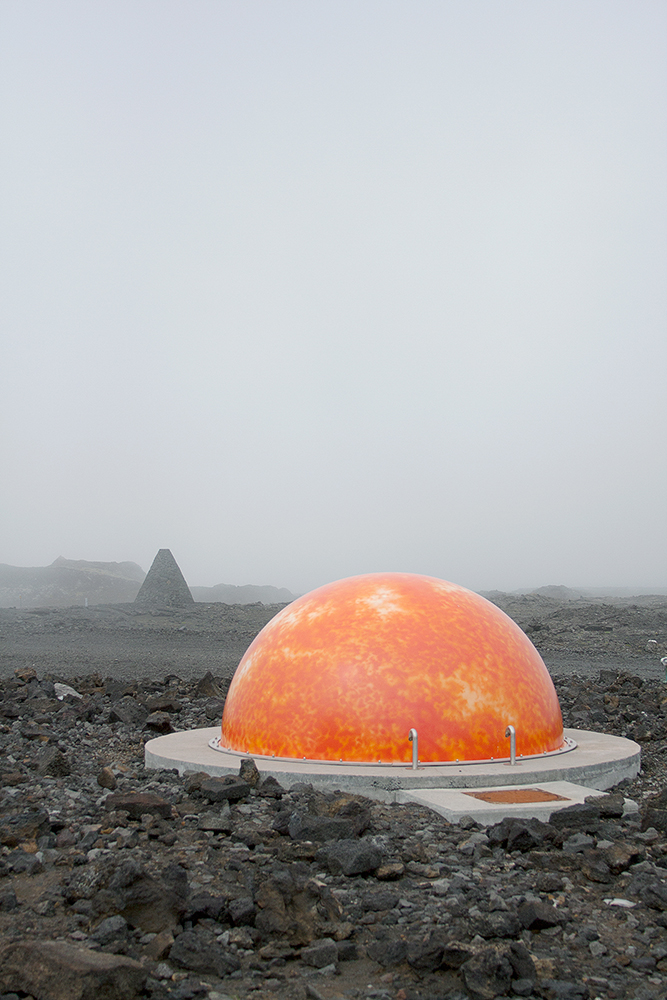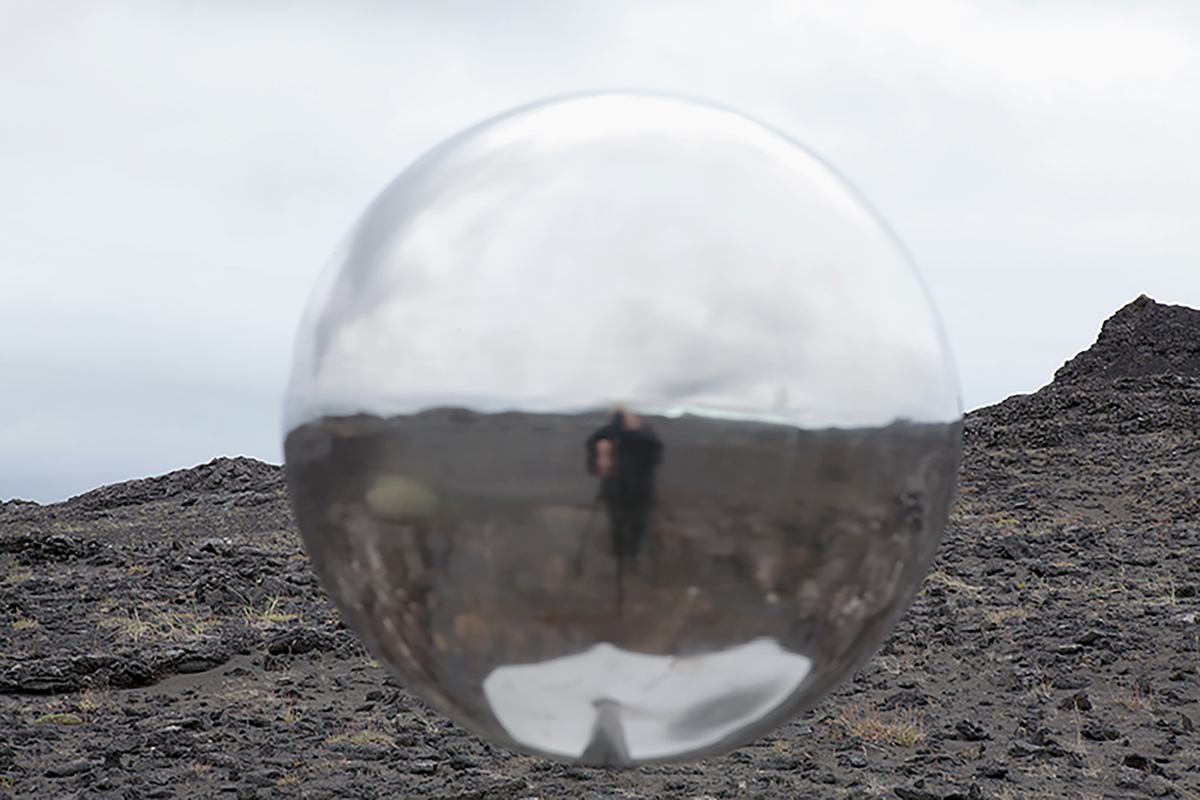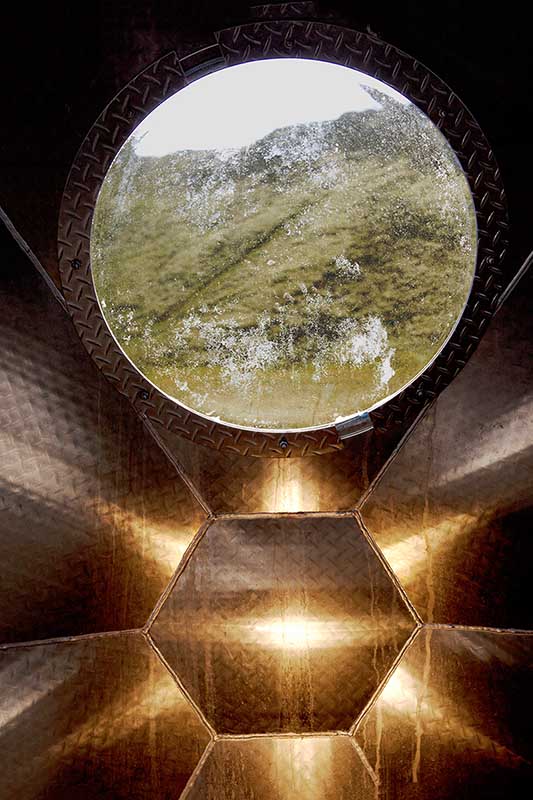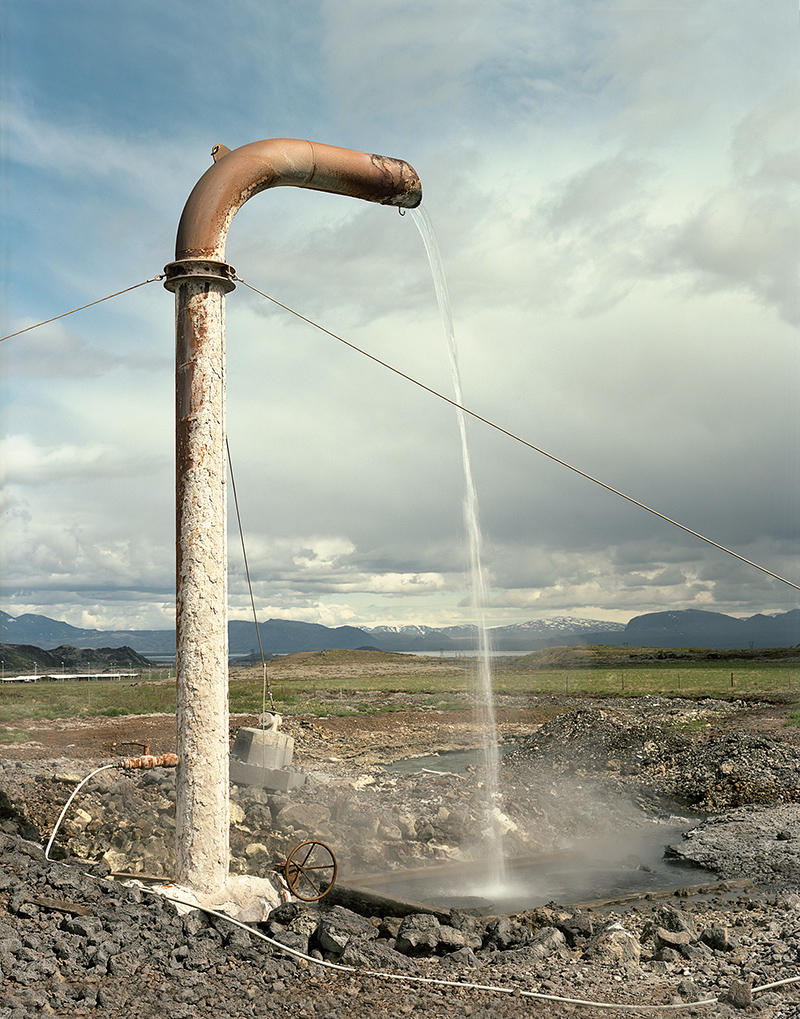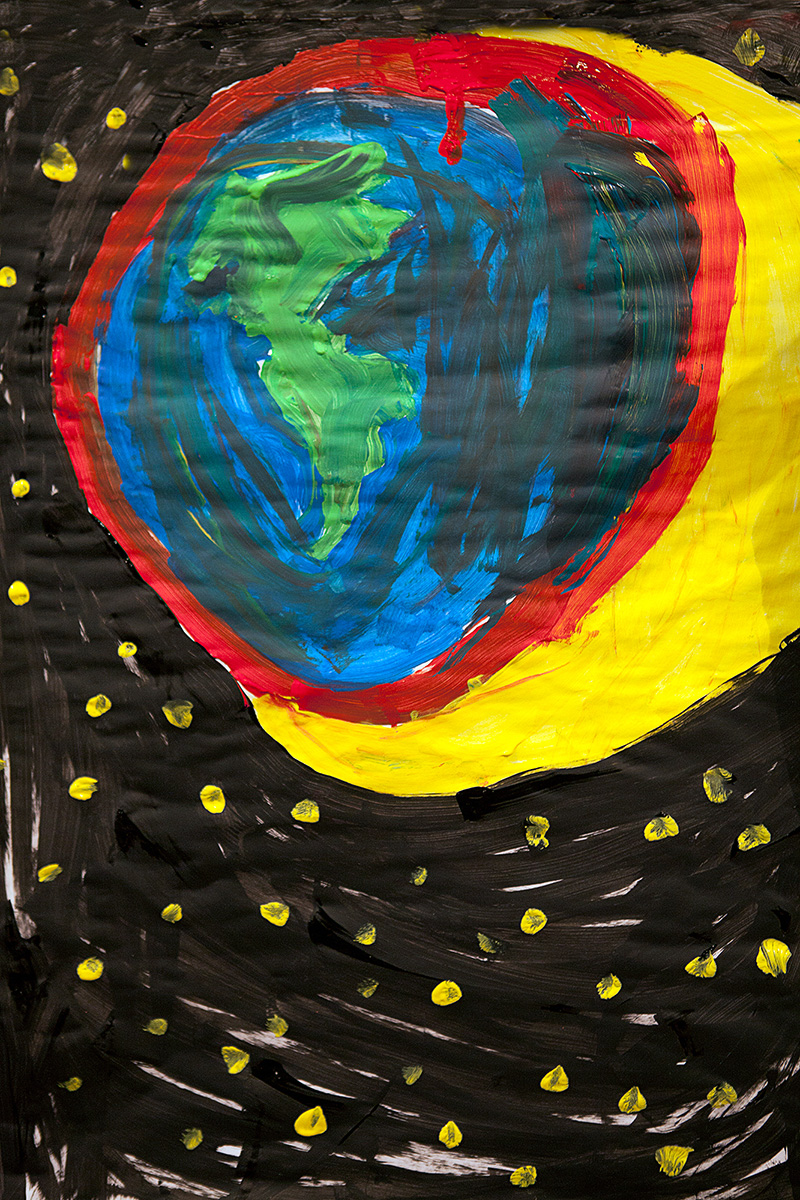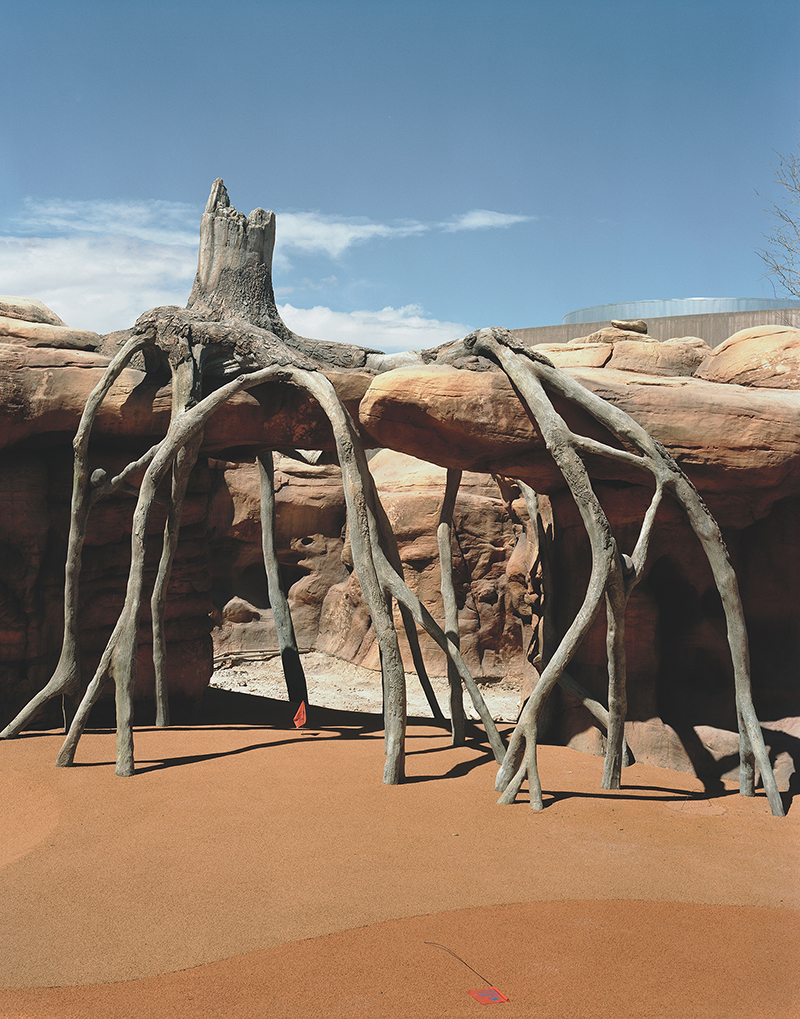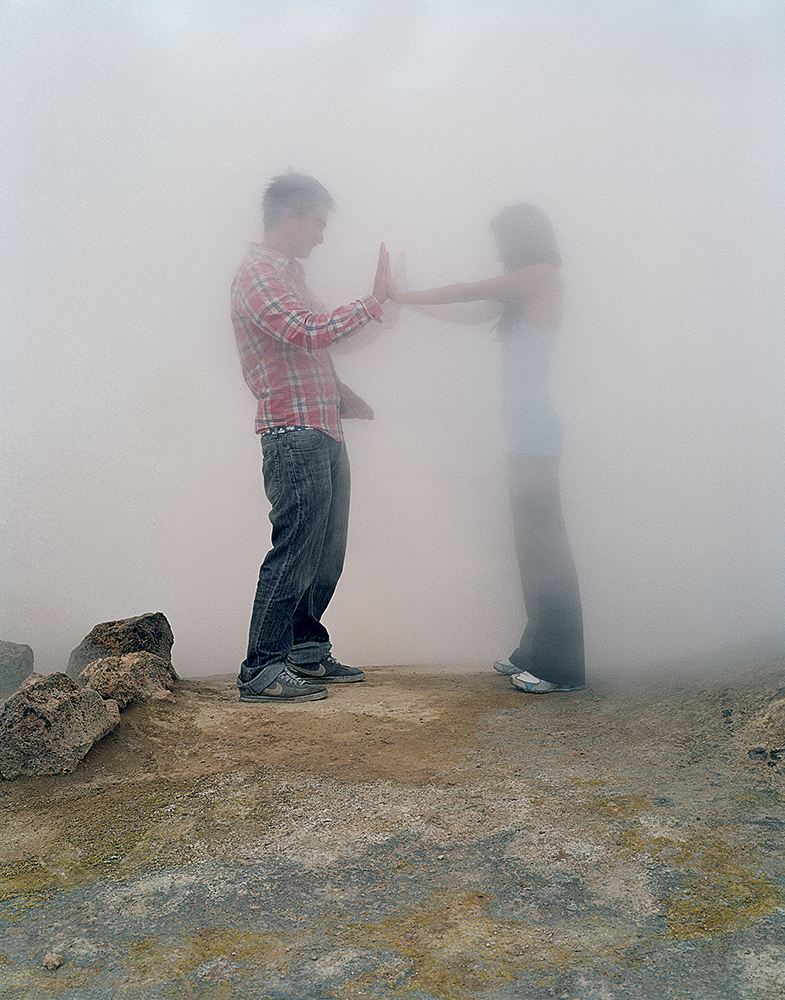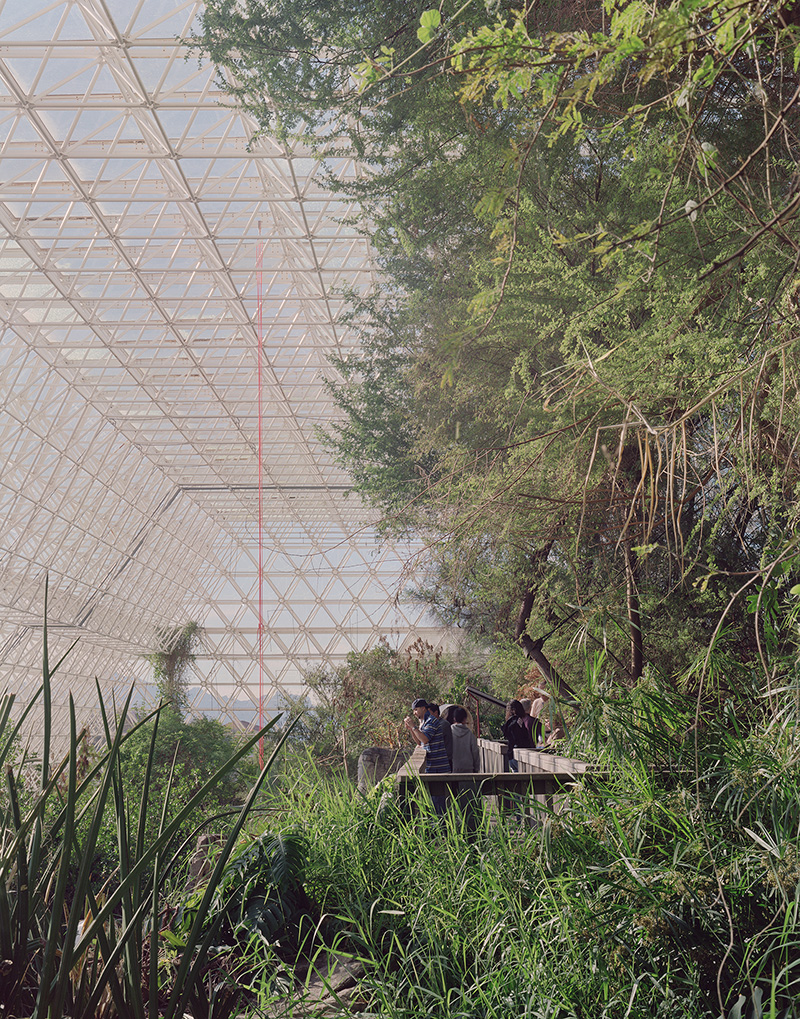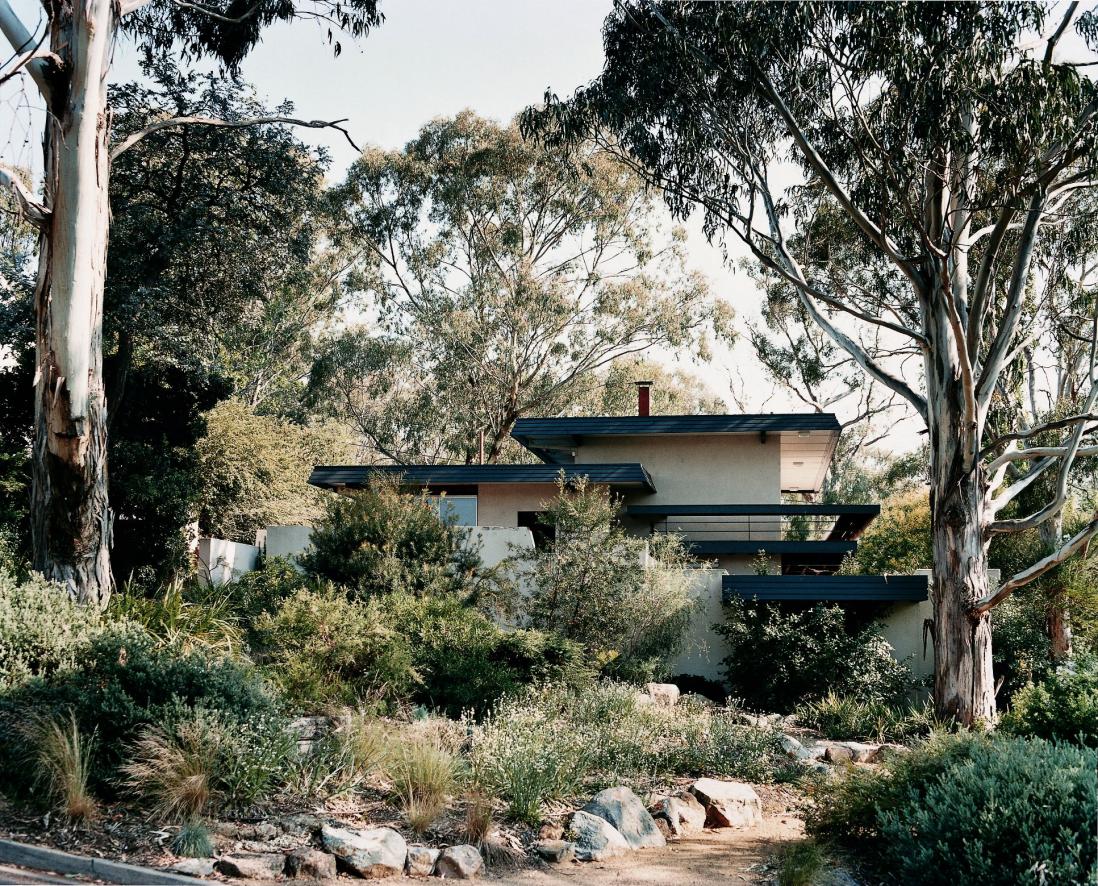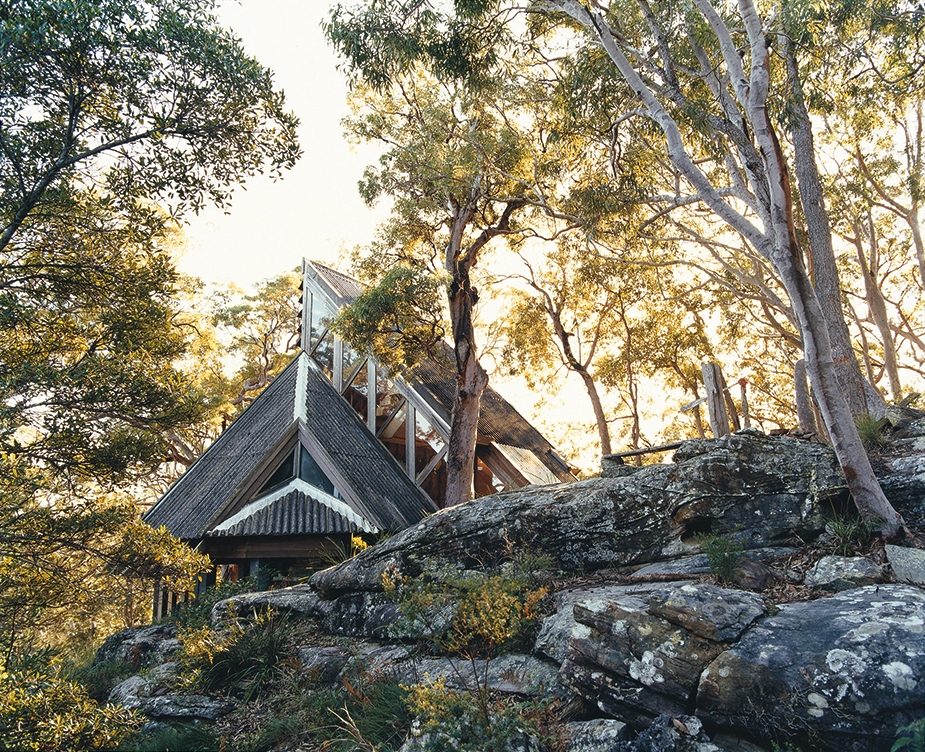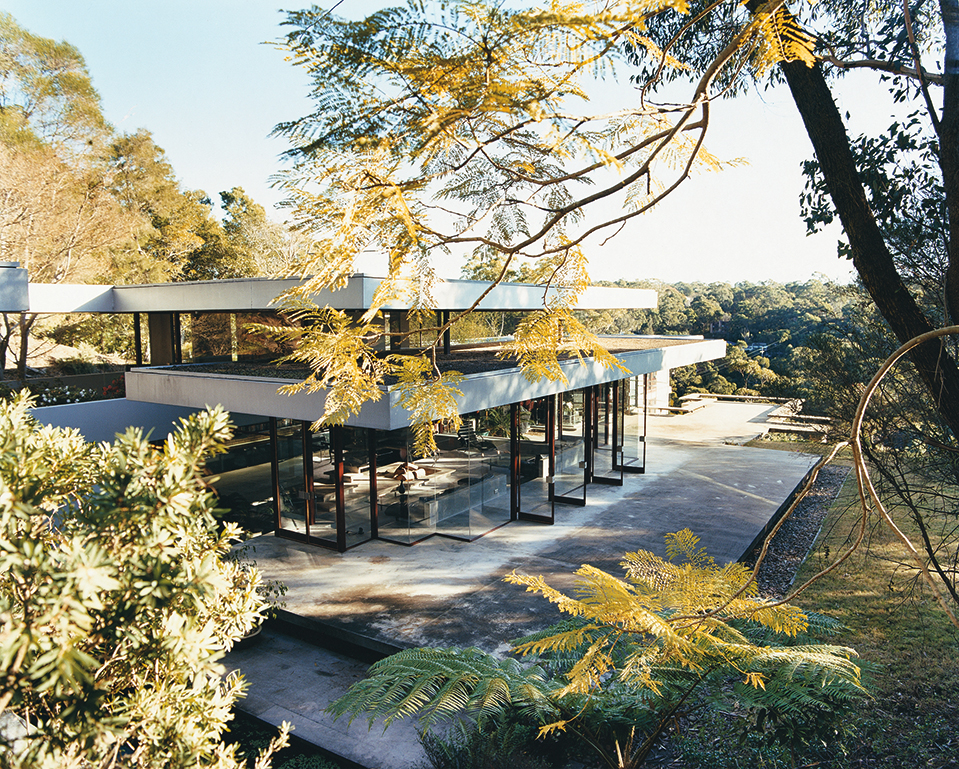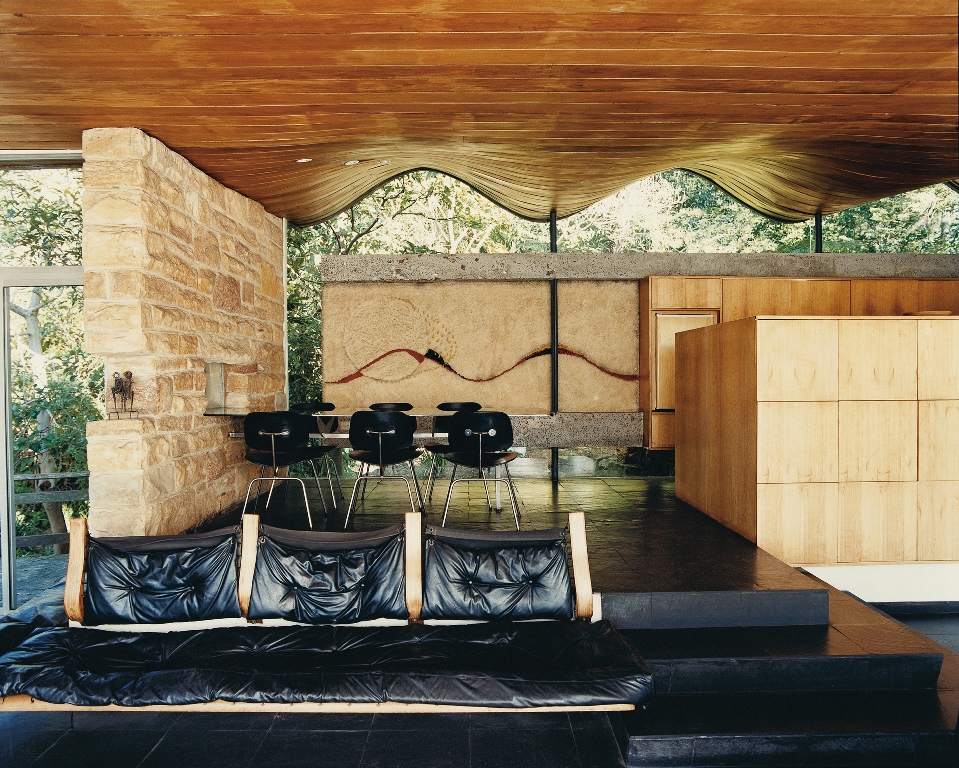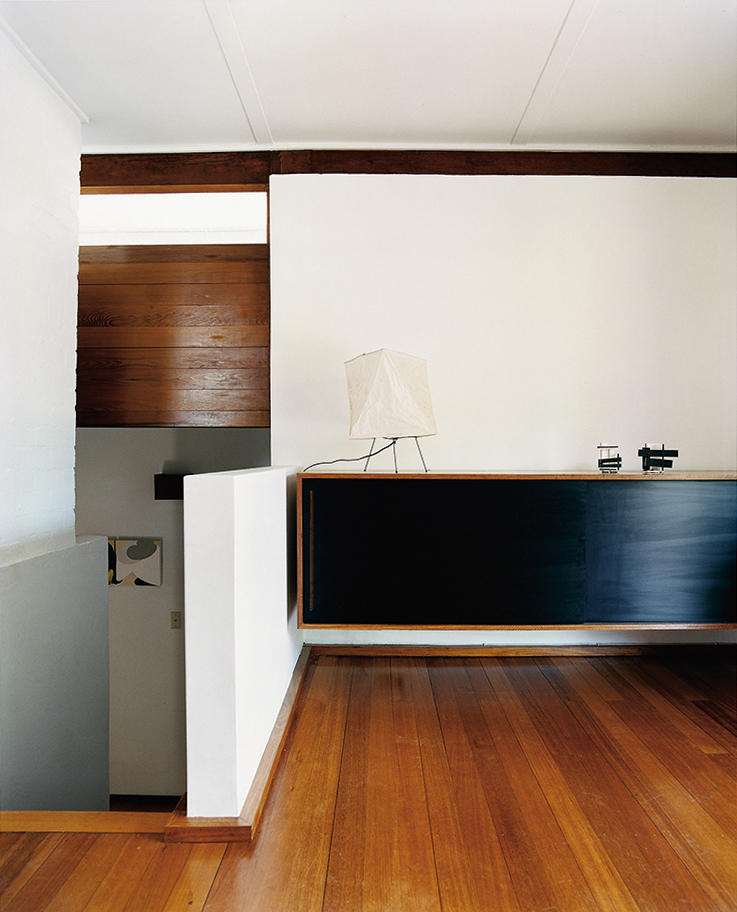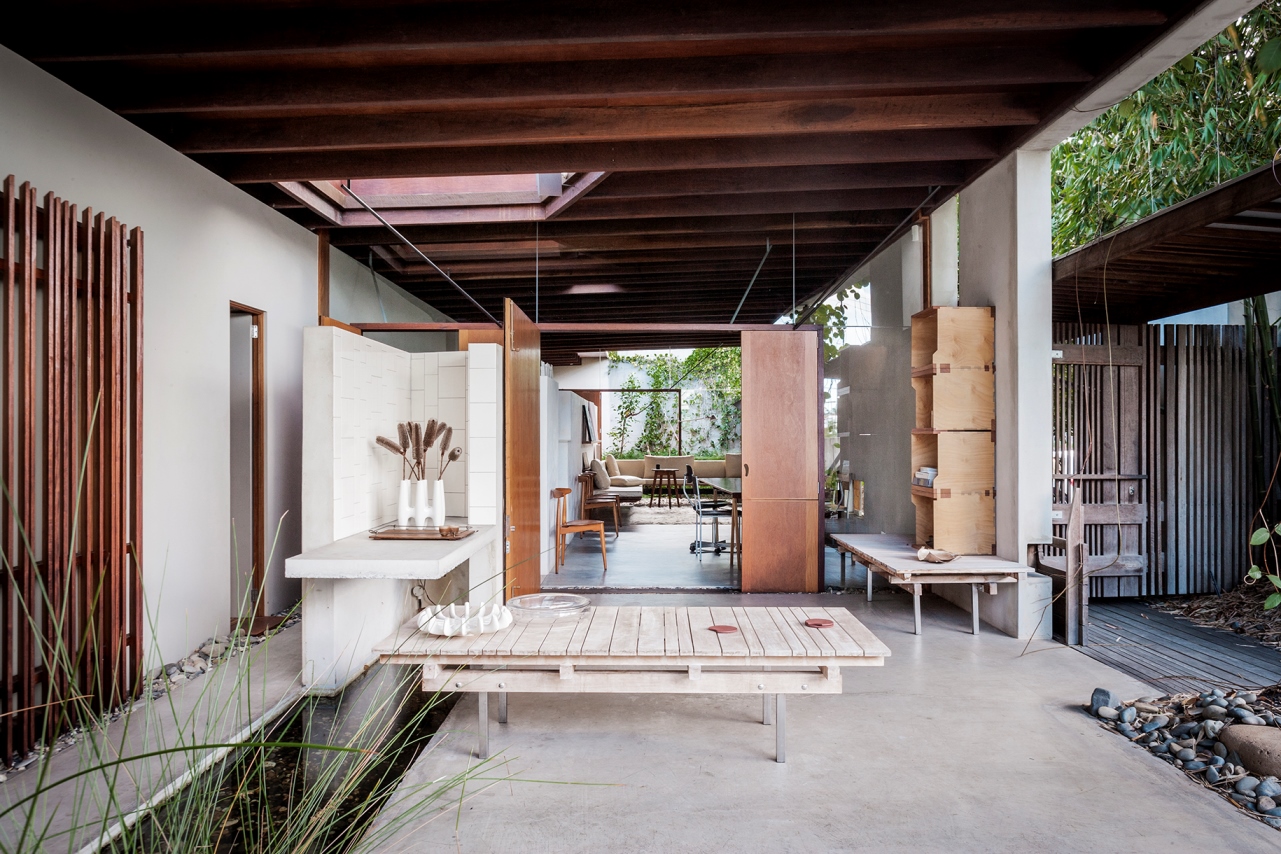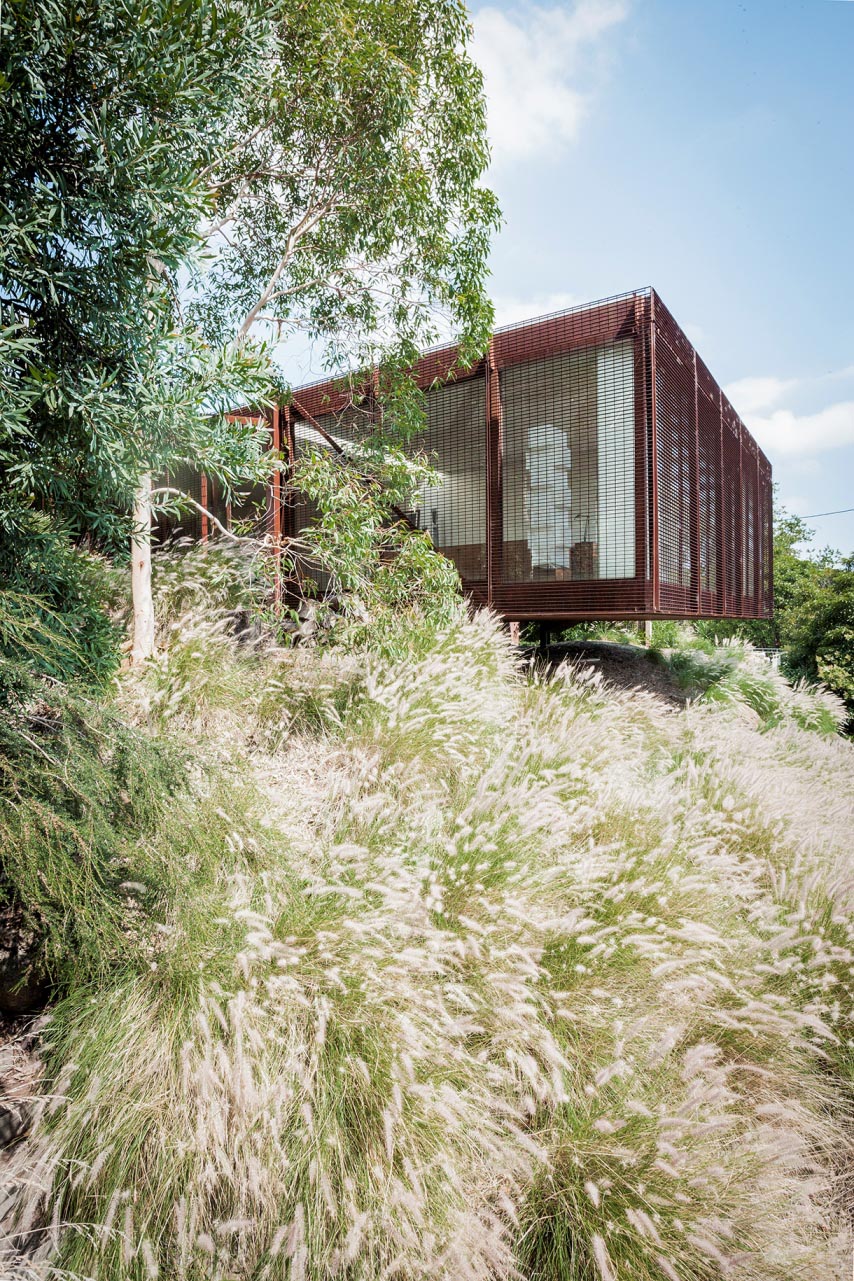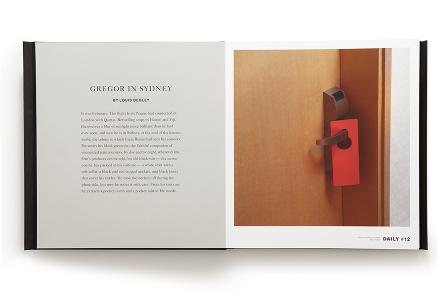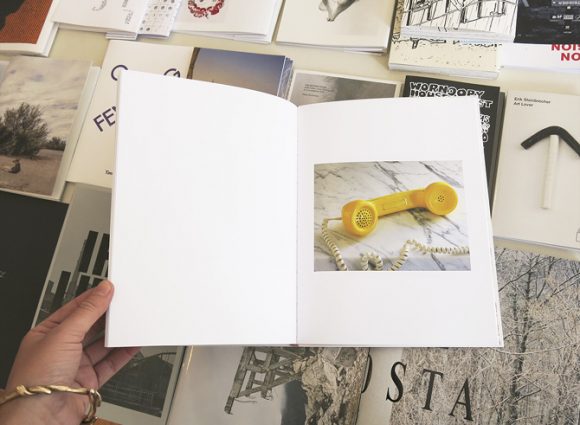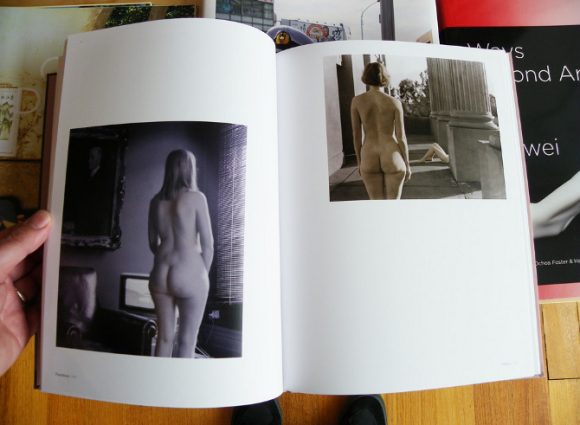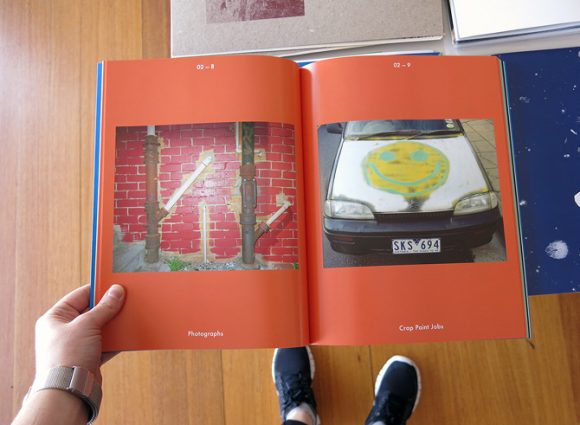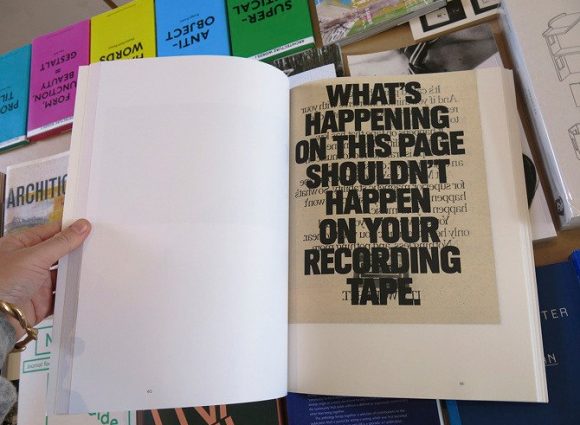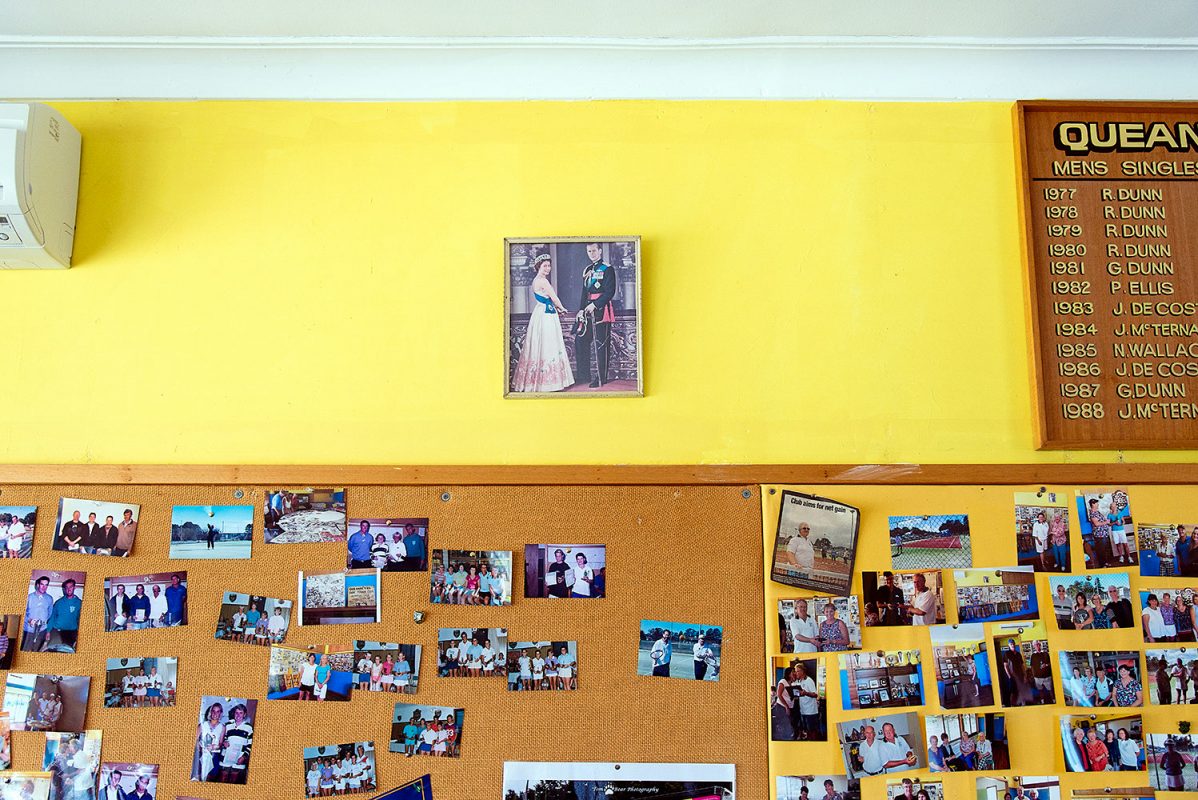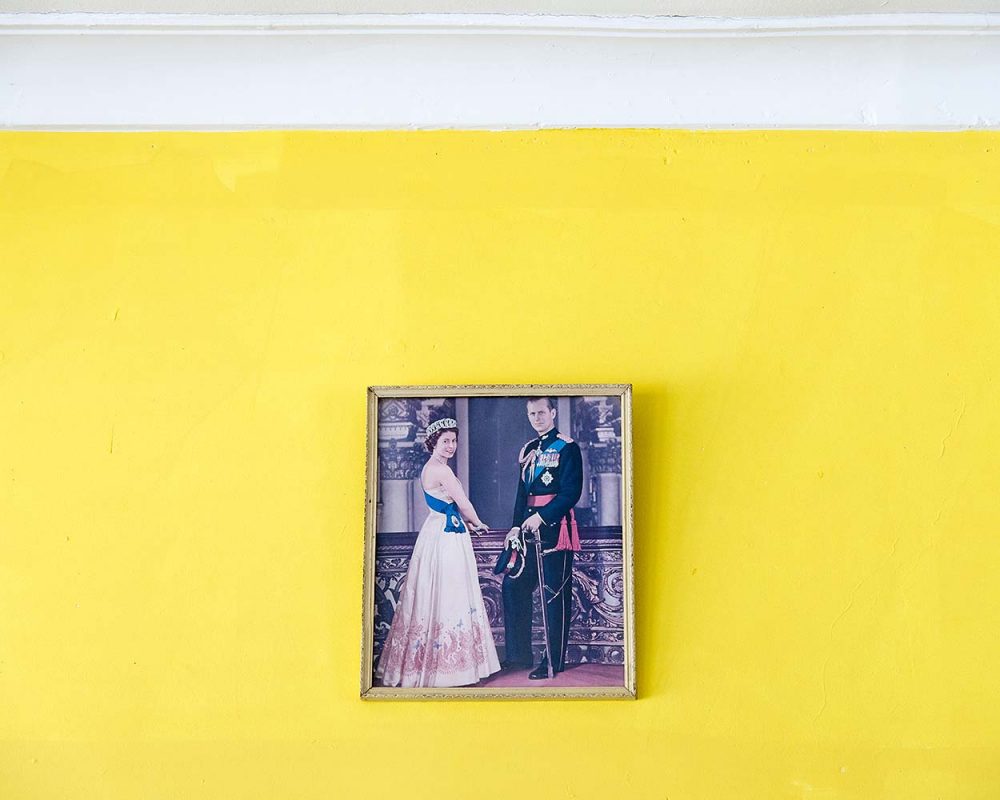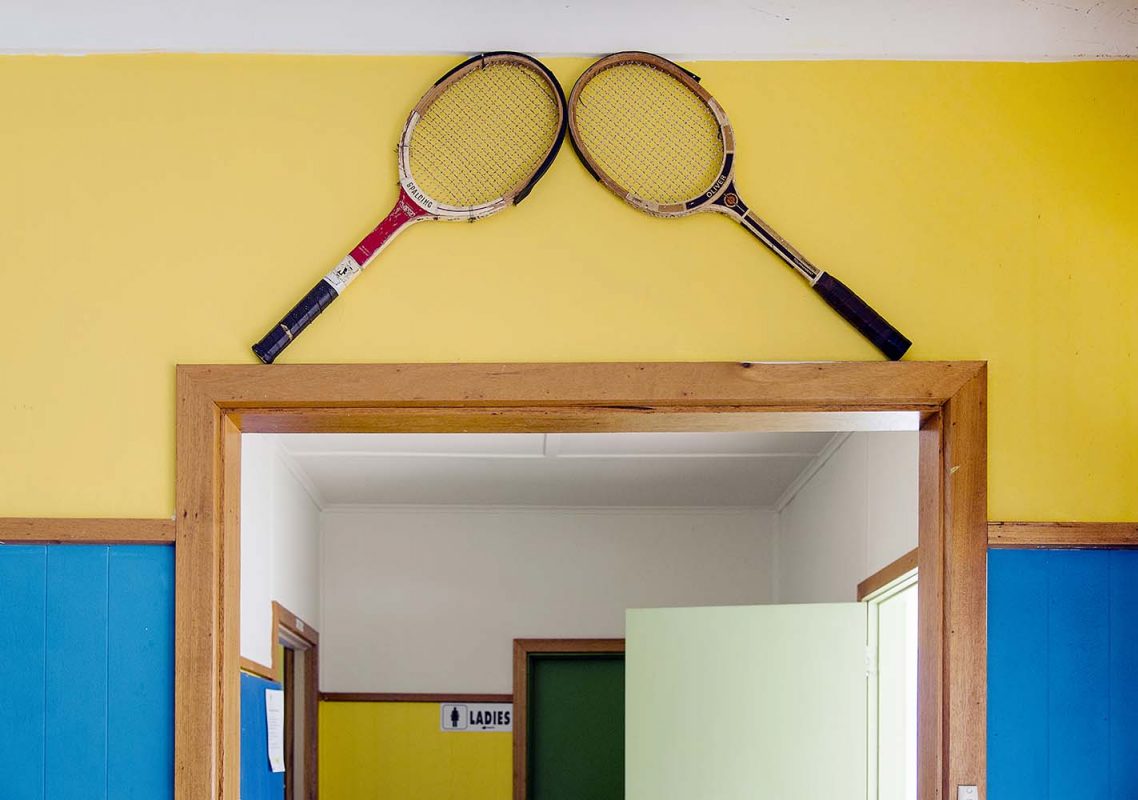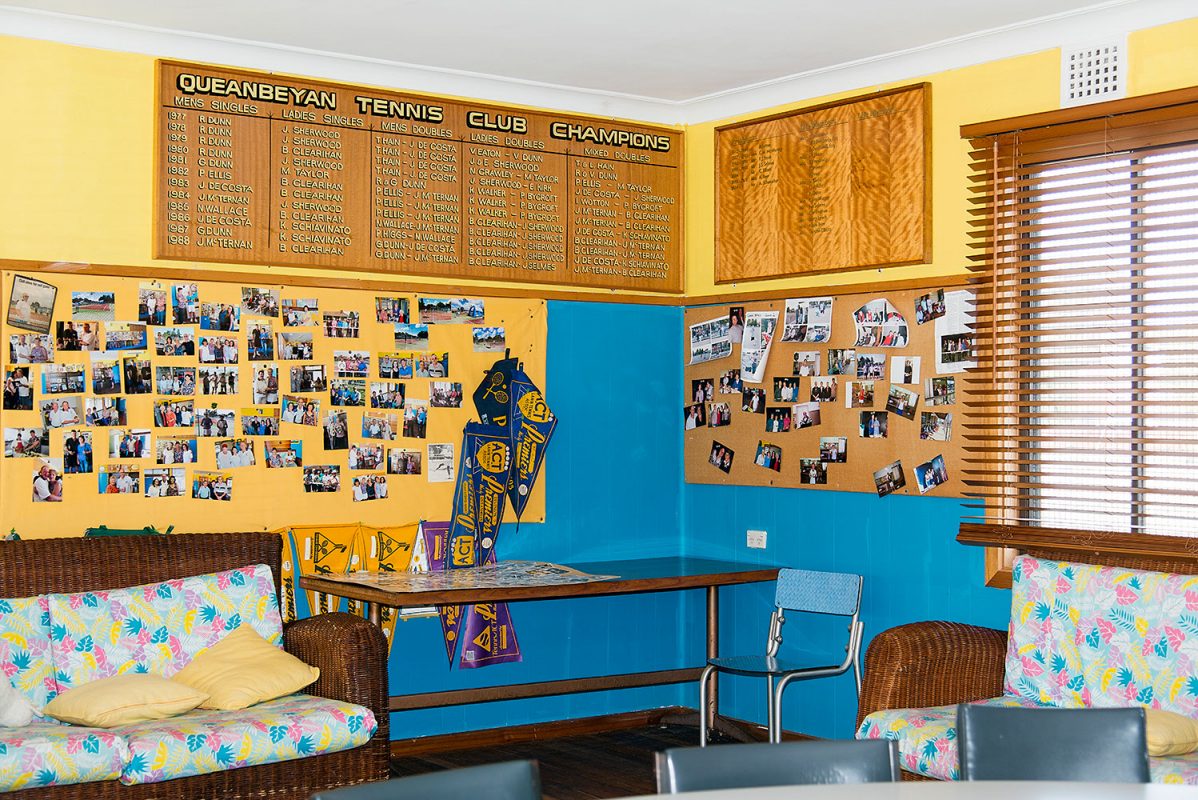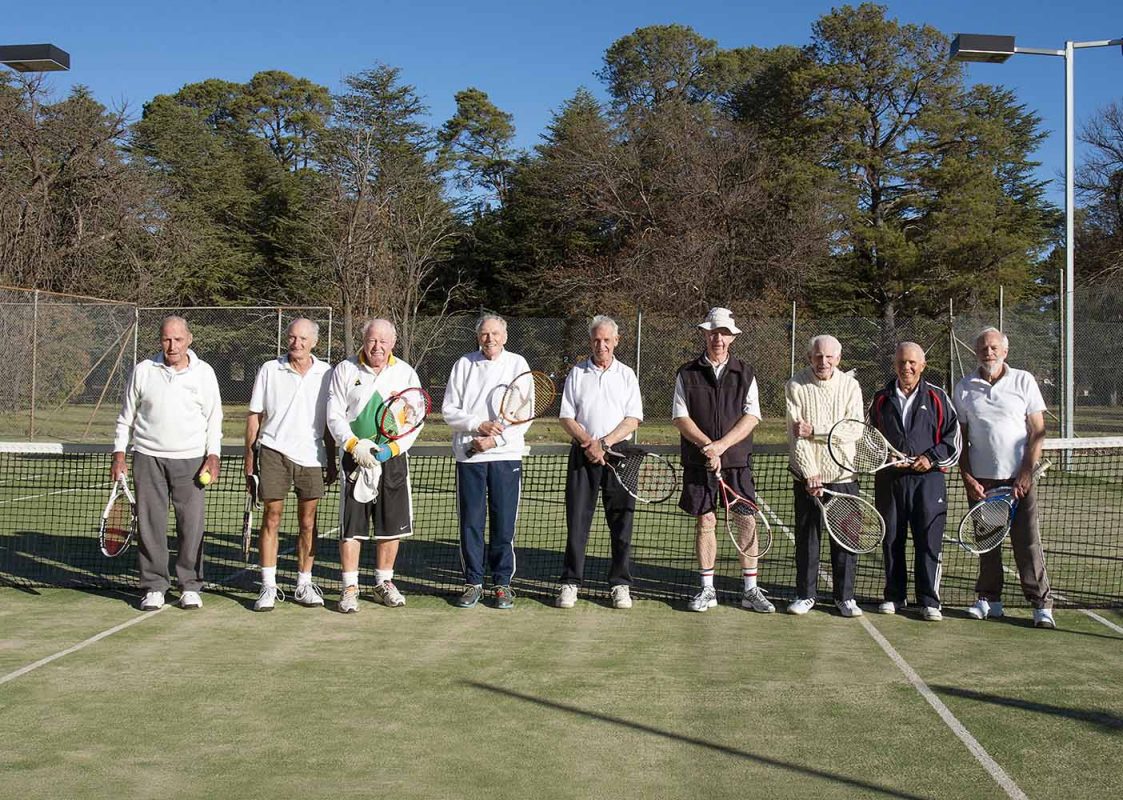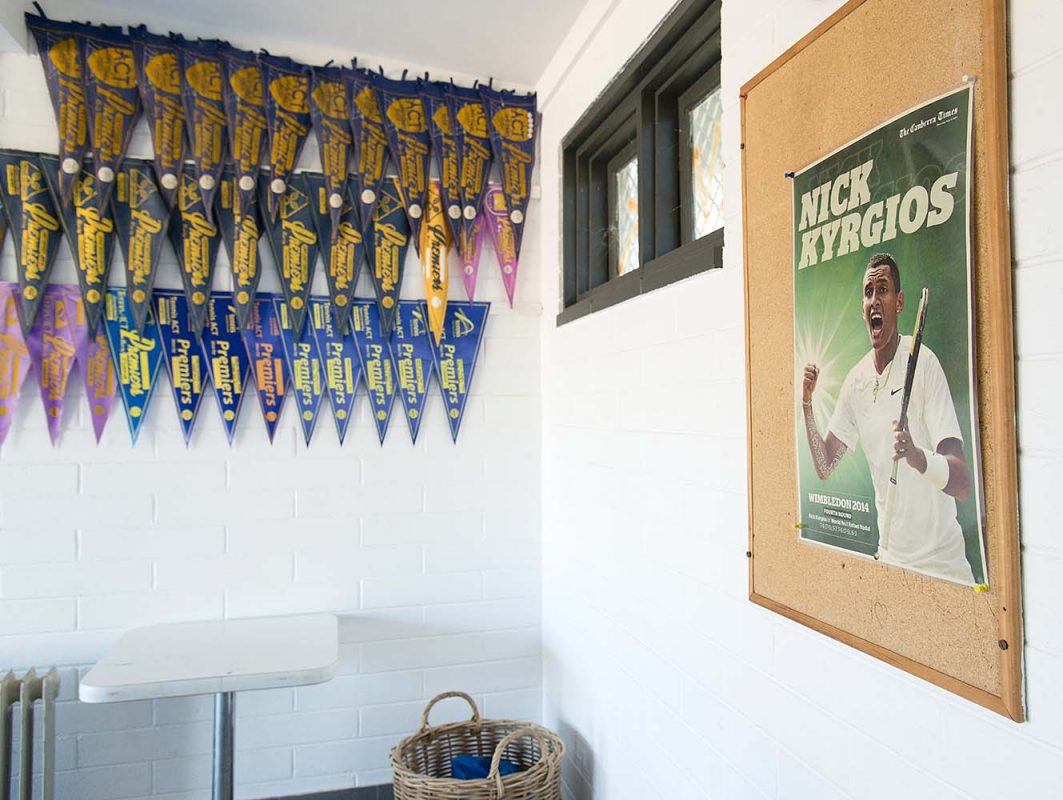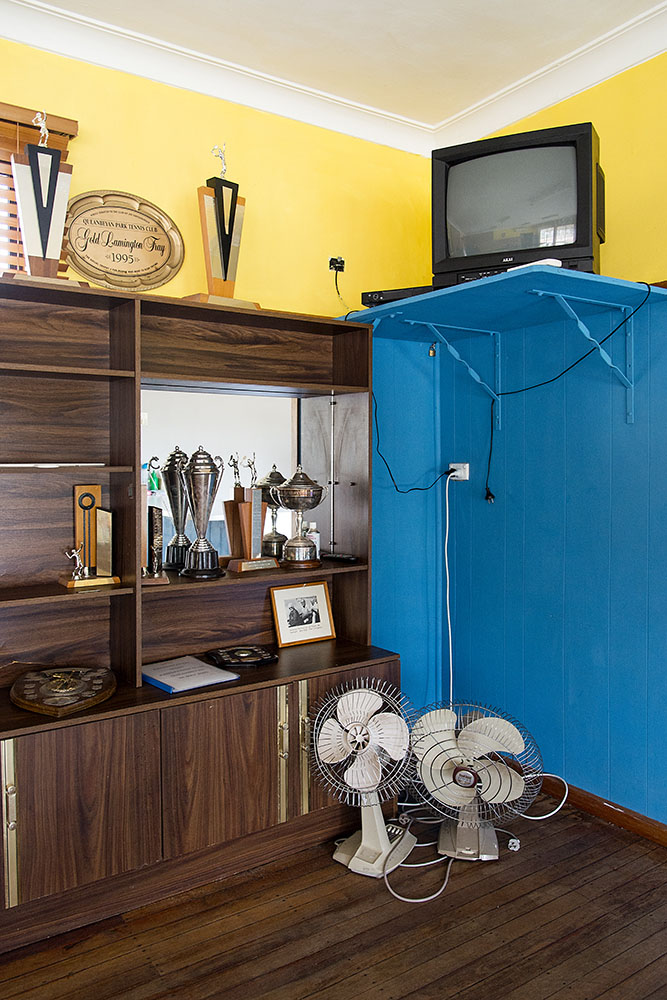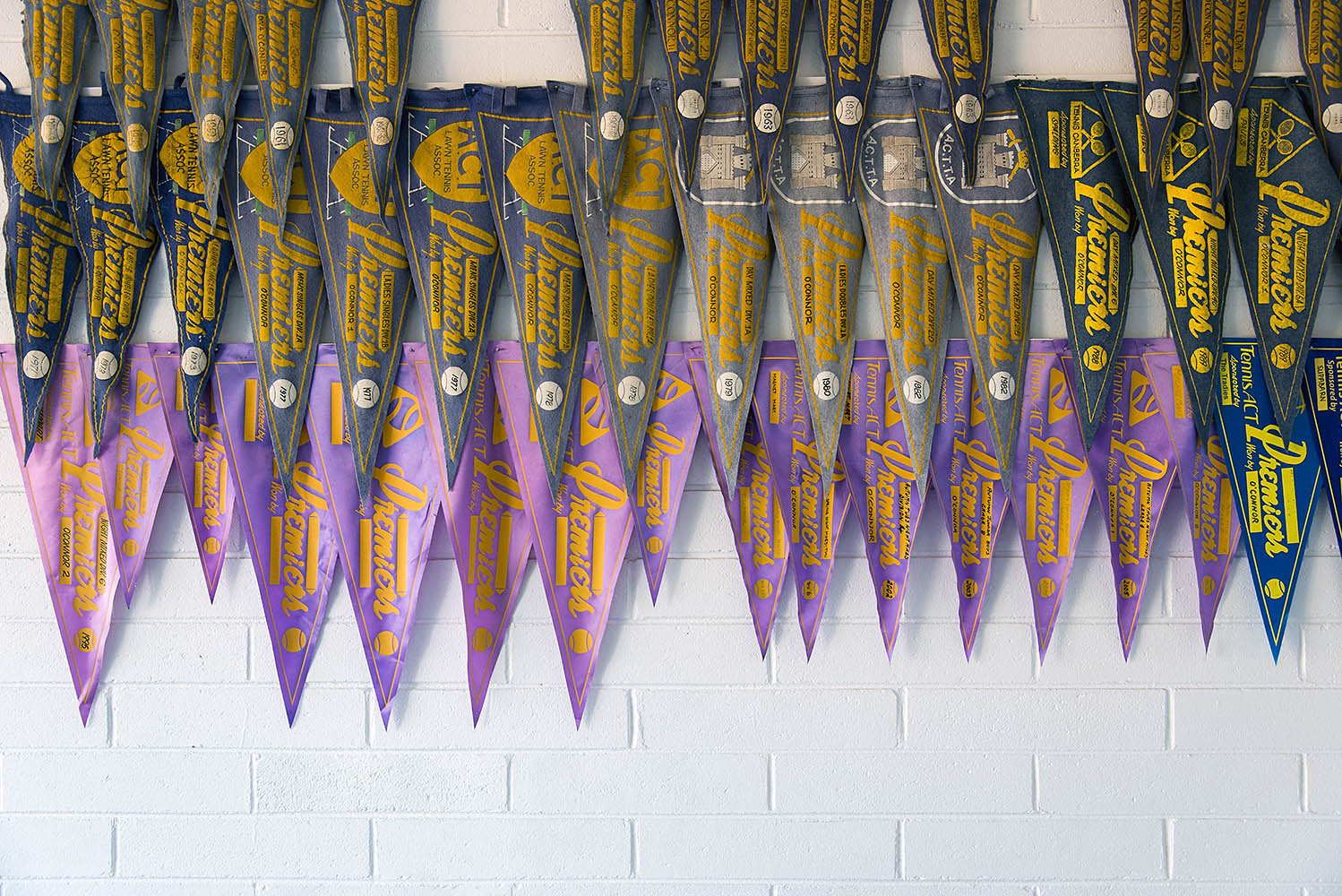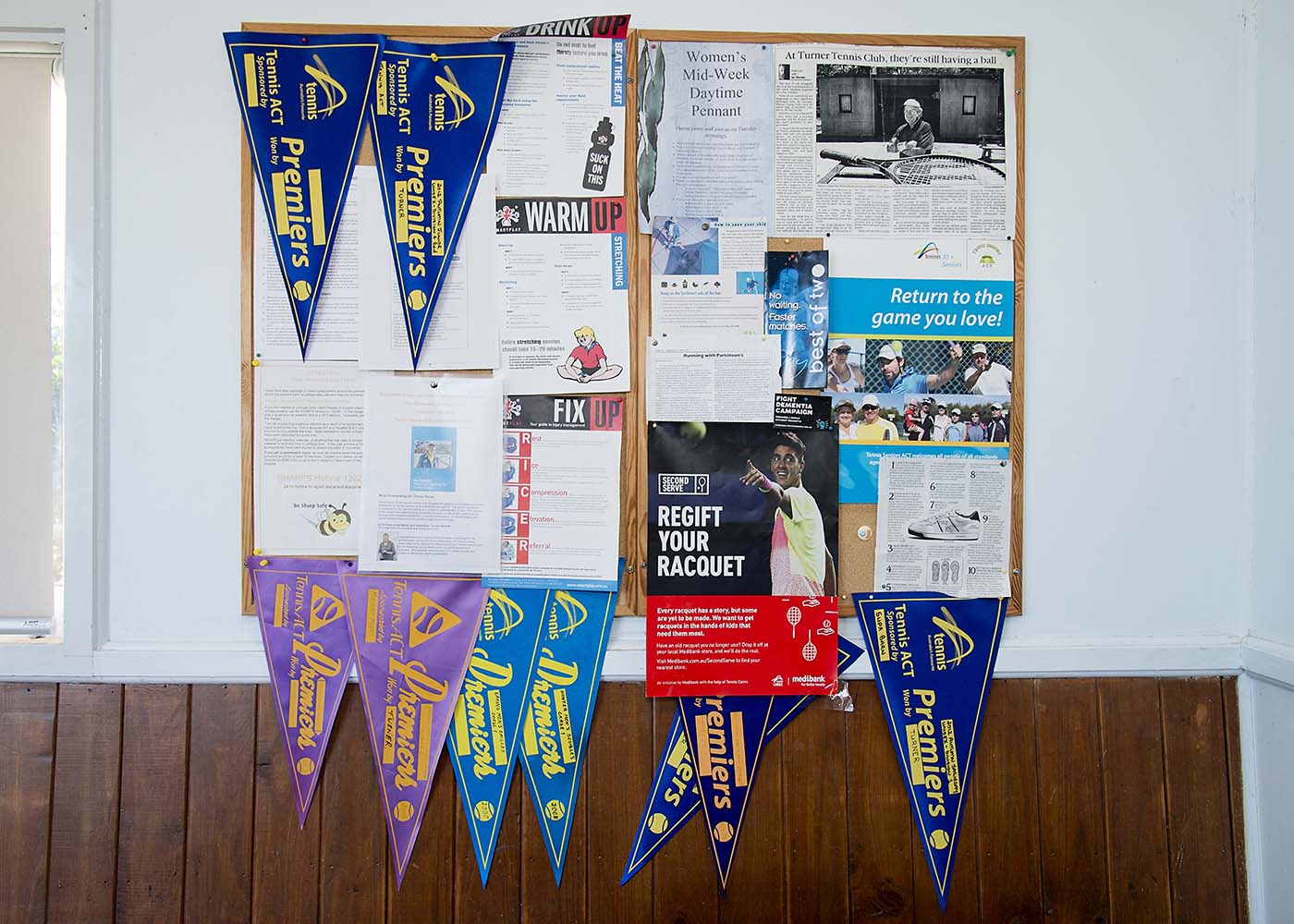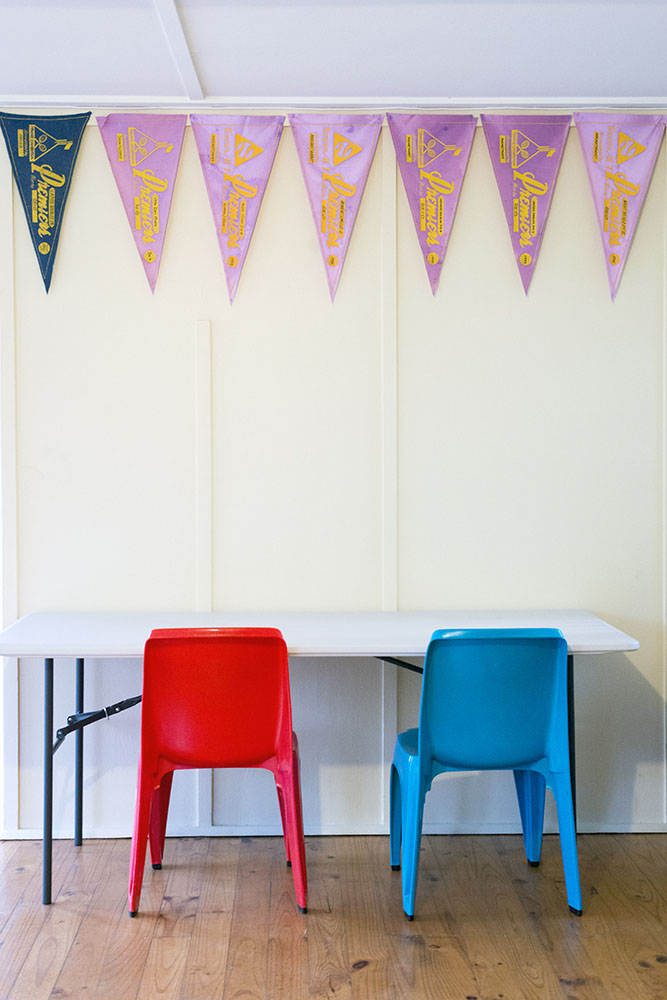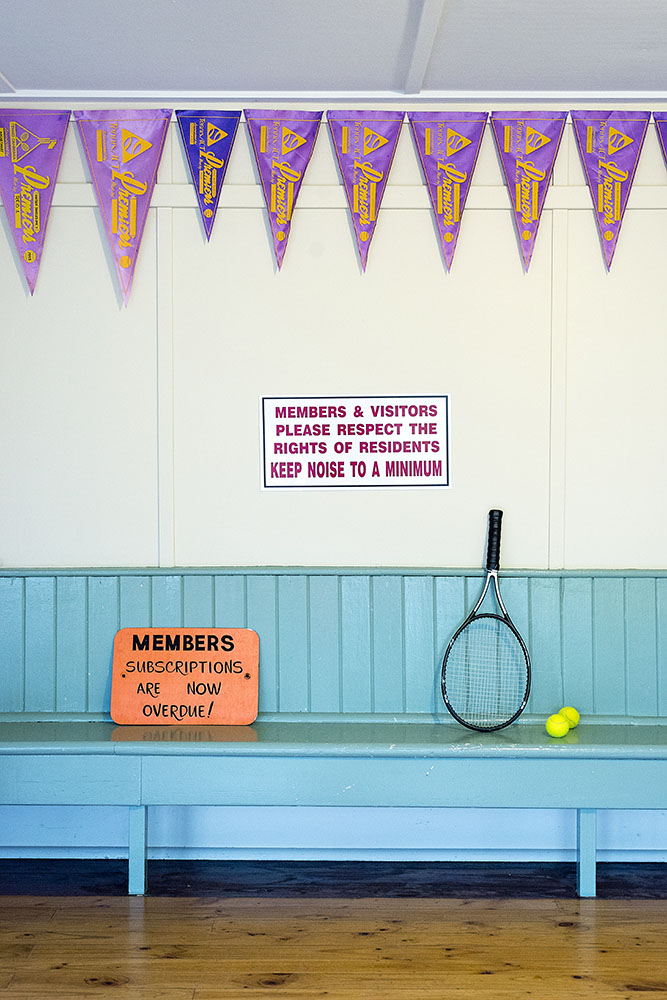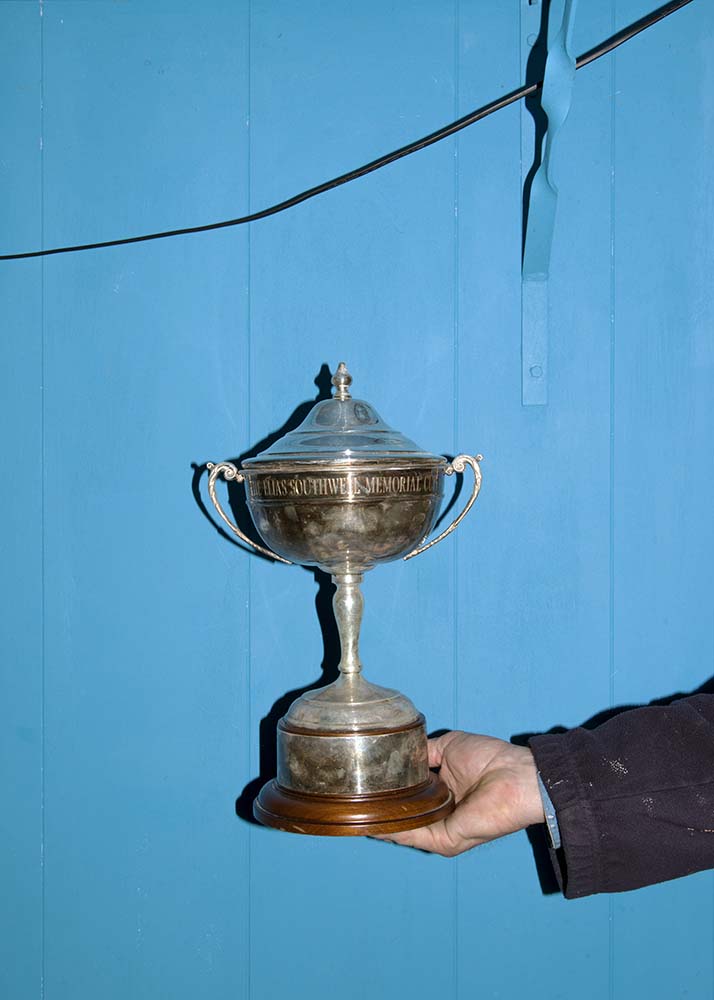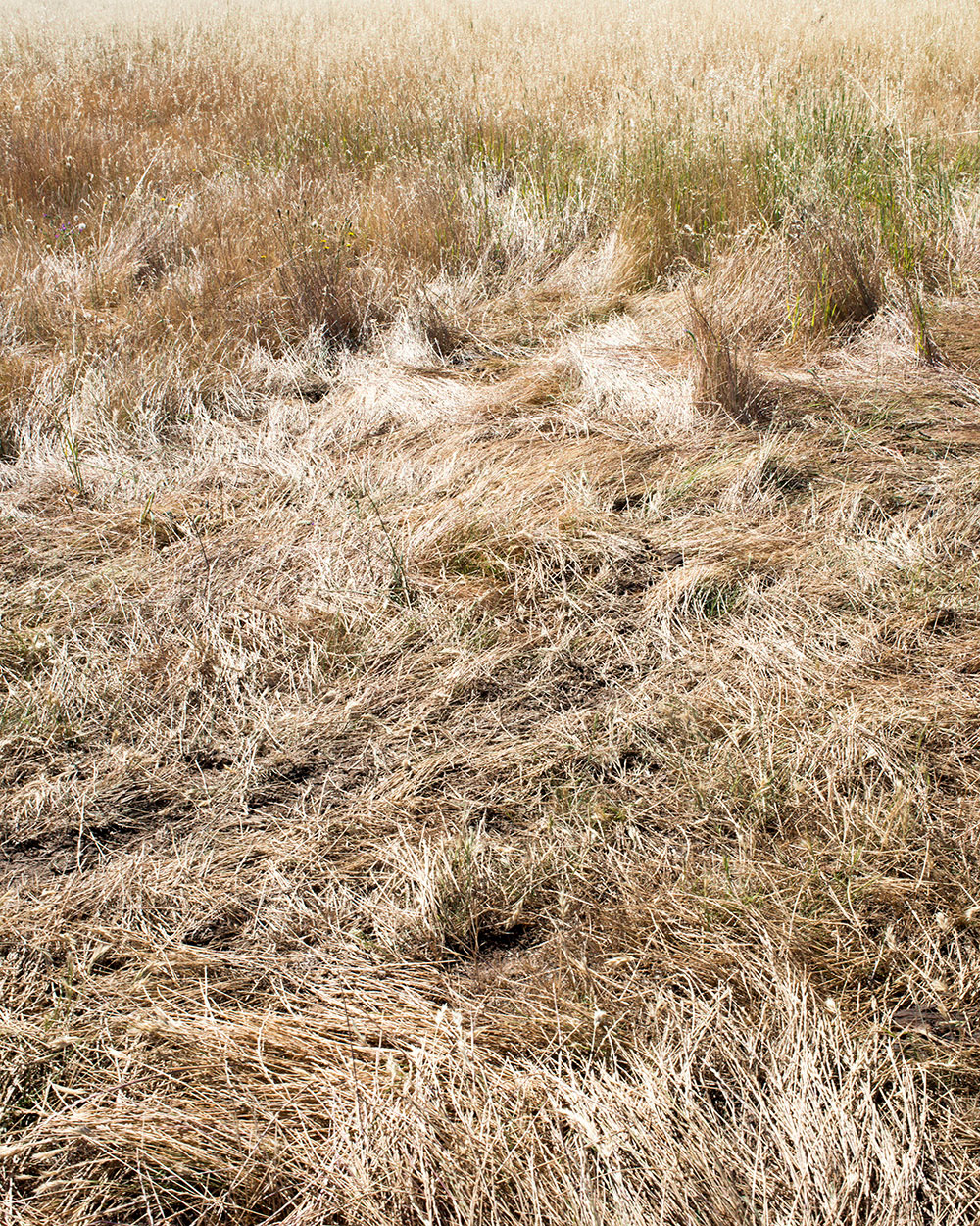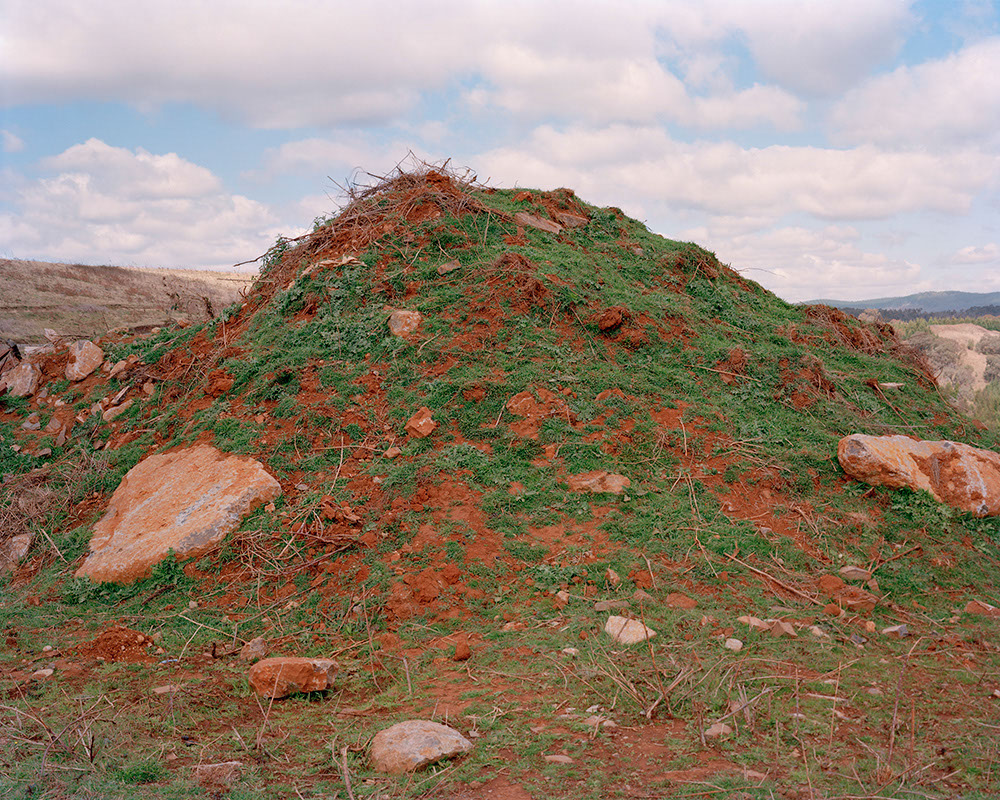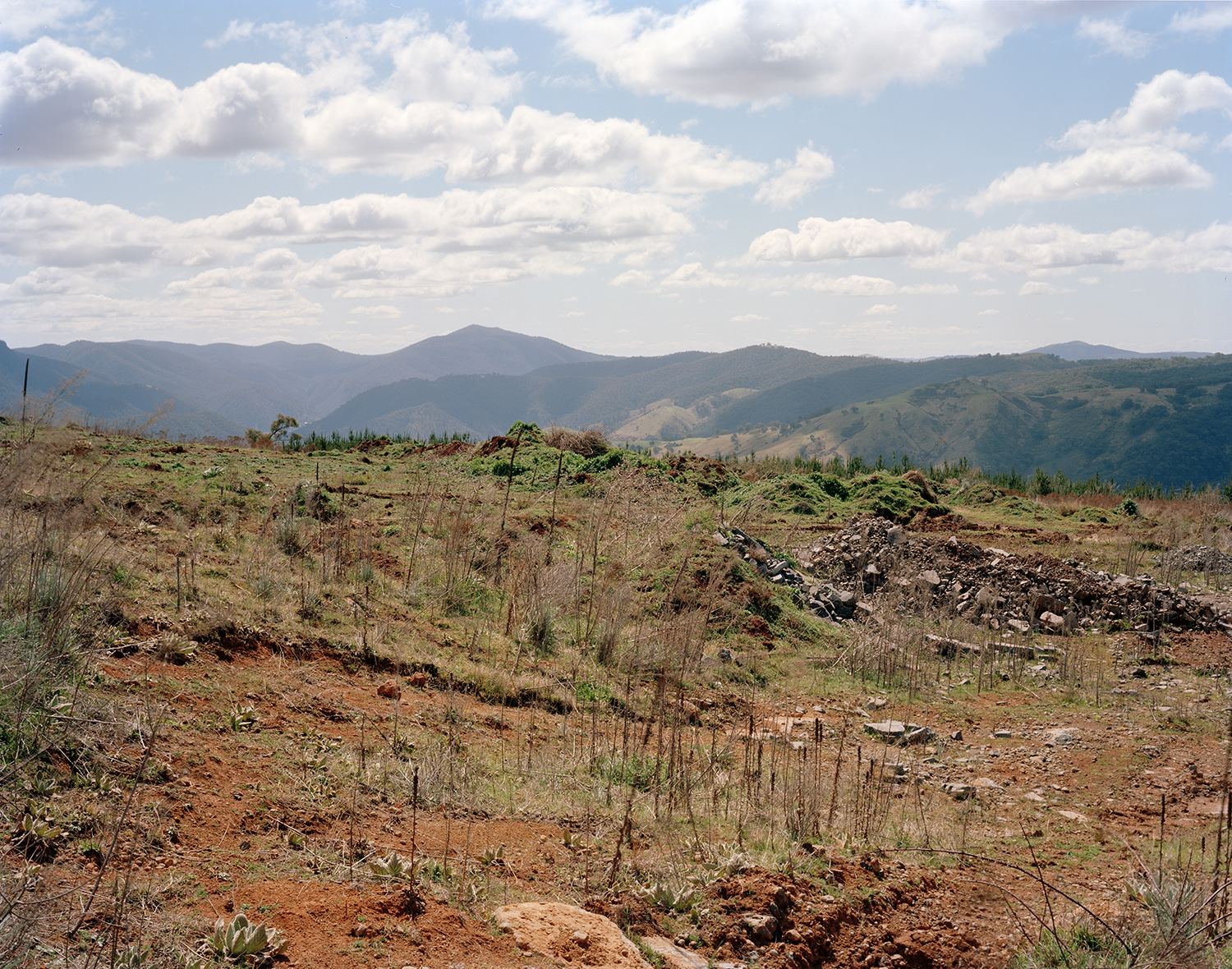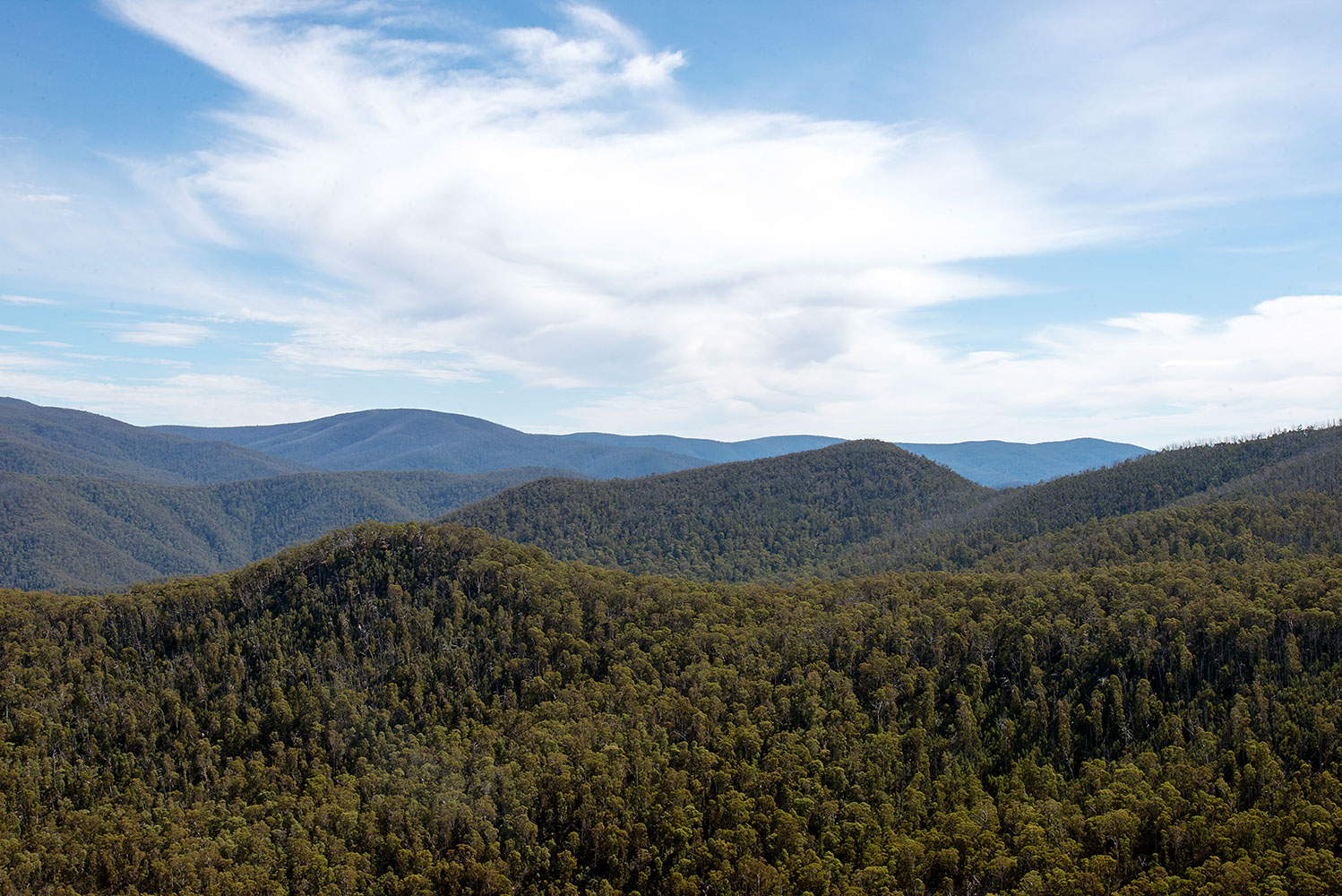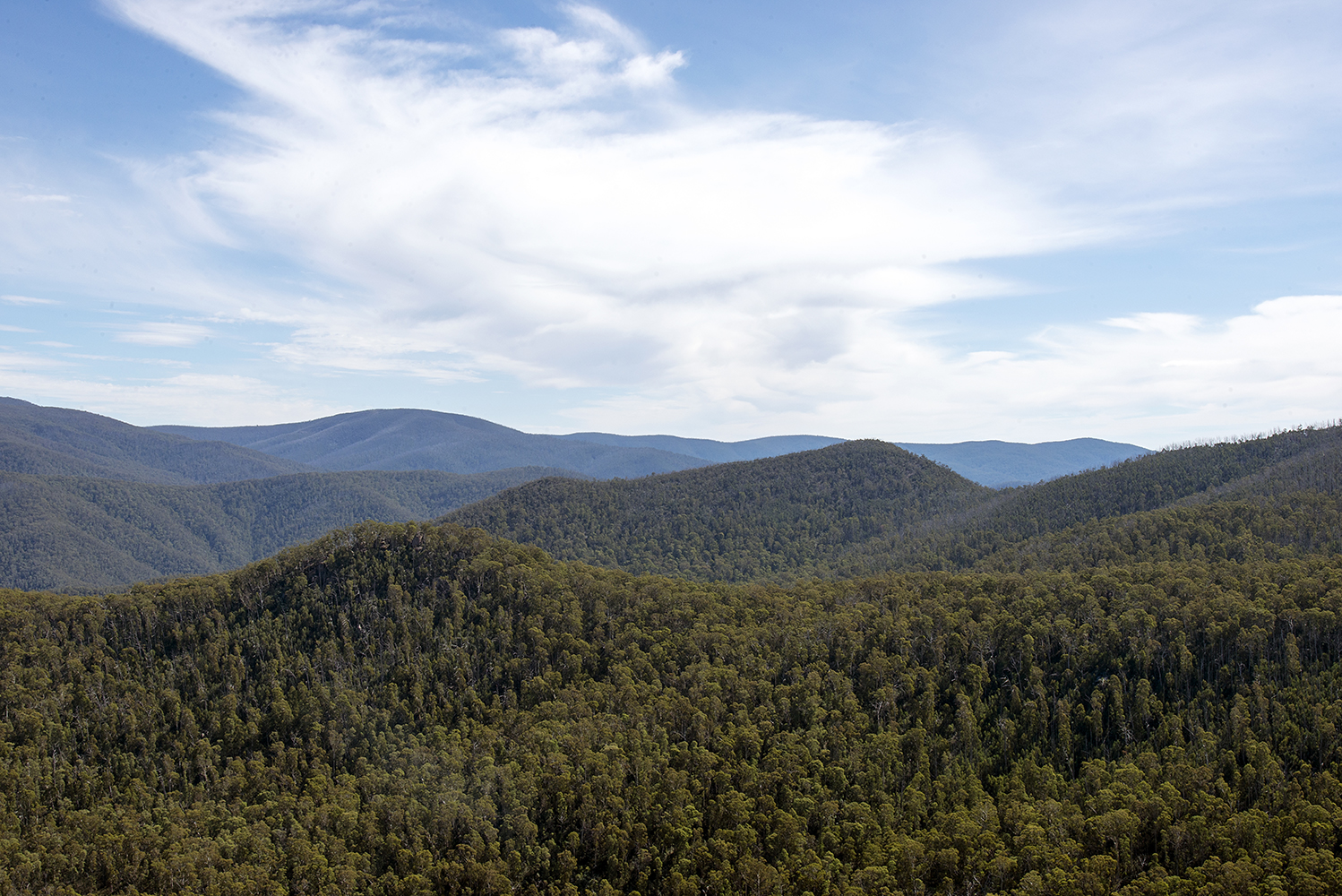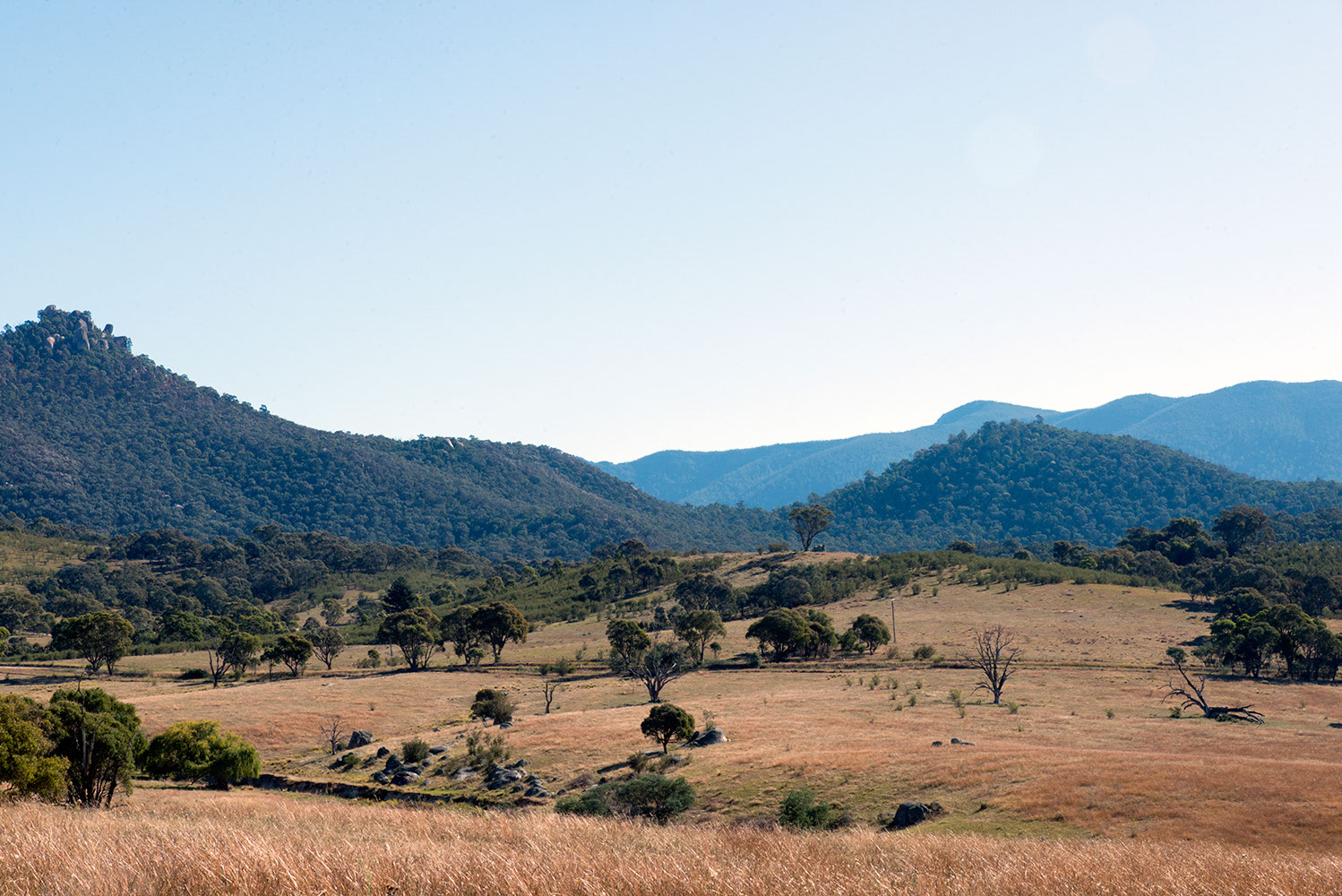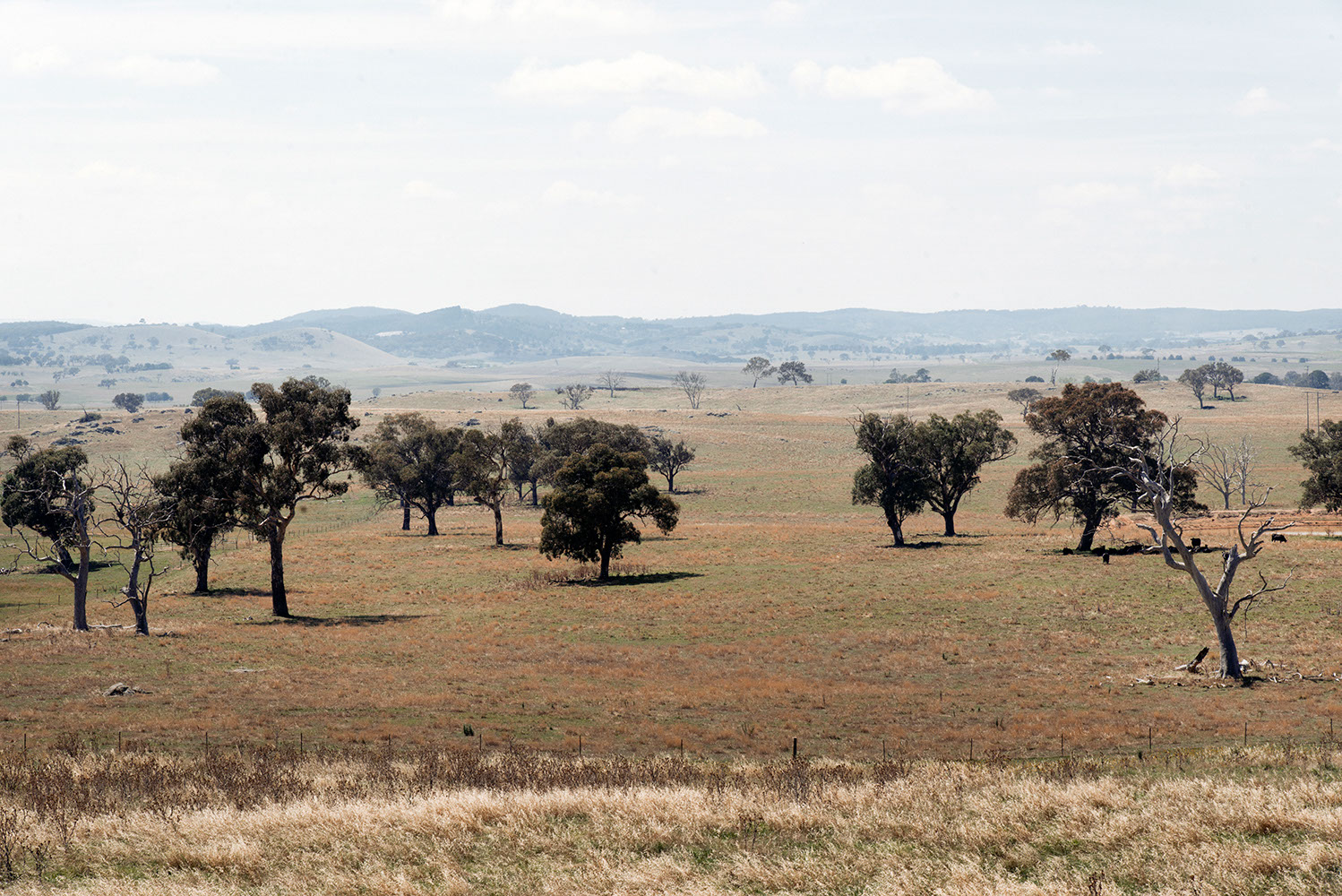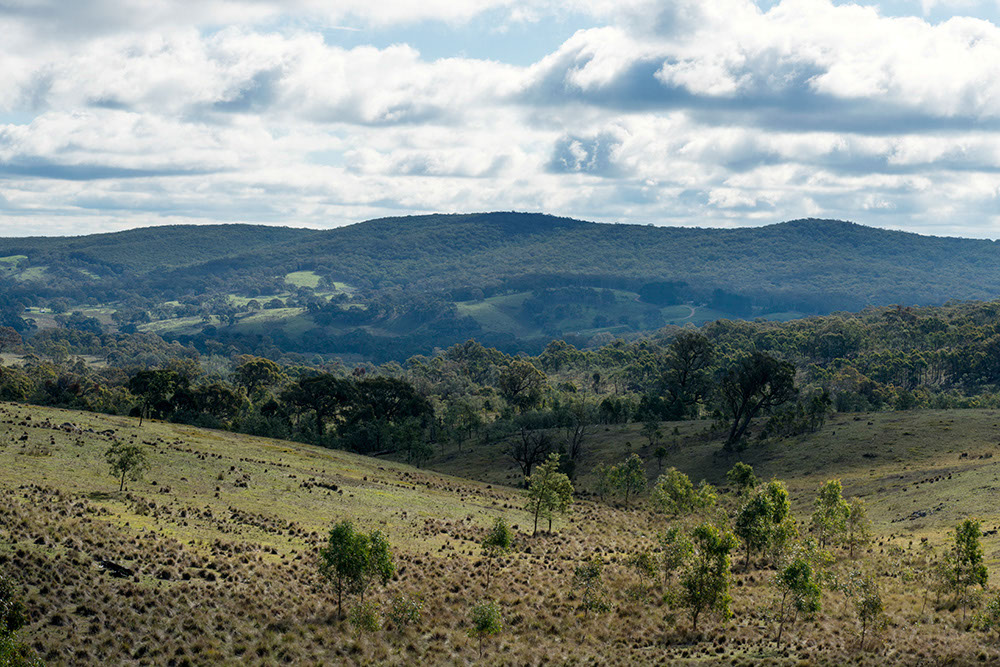We thought we might test the boundaries of authorship in transformative repair by giving a broken vase, made by notable glass artists Ben Edols and Kathy Elliot, to another notable glass artist, Richard Whiteley. As former studio mates, though, this potential authorship issue was simply resolved by a phone call. More significantly, Richard’s repair, a clean slice that cuts away and discards broken edges and exposes a sublime interior void, has an unexpected therapeutic dimension. The vase was originally a wedding gift from a dear friend, since died. The cutting away of fracture is a material intervention into the complex emotional relations embedded by such provenance. It is an approach shared by Dale Hardiman’s knife repair. The knife’s broken edge, associated by the owner with divorce and death, was removed and its blade shortened. Its handle was replaced with a new one made from local clay, and the fragility of this material acts as a reminder to take care of our possessions, and perhaps human relationships as well.
Object Therapy has been full of surprises none more so than Peter who submitted himself as an object for transformative repair. Unable to envision what this might mean for research or exhibition, but unable to decline its possibilities, we passed his submission to Amsterdam-based conceptual designers Thought Collider. Their response firstly makes clear it is inappropriate to apply repair to a person as one would to an object, but nonetheless proposes a transformative experience through the form of collaborative research. ‘Peter the Person’, as he came to be known, has embraced their proposal to research colonisation of the moon in the public space of the exhibition. We hope his extra-planetary research might return attention to the grave problems of the earth and it’s human habitation.
Social and environmental problems were predicted to emerge from the Object Therapy process. Susannah Bourke’s critical object captures one of broad significance: the responsibility of companies towards the products they make. For her Mistral fan, this was an historical, life-taking lapse in electrical safety standards, but deeper and more nuanced problems of product design persist in affecting our contemporary world. We hoped to include more industry in our process, but Kenwood (now owned by Delonghi) and Nintendo didn’t respond to our invitations. Numark, a maker of DJ equipment, seemed initially interested, but soon went dark. We can only speculate as to the disinterest of industry, but note that there is an emerging and global community push for better corporate stewardship of consumer products. Such policy would require companies to take responsibility for retrieving, repairing or recycling their products from the post consumer landscape, but it is generally not the companies themselves behind these proposals. In absence of Numark’s participation, a DJ mixer got pulled from the Object Therapy process, but we can at least acknowledge the second hand electronics market (thanks Ebay) for helping us fix that owner’s other object, a retro Nintendo Gamecube. This fix, however, may be short lived, as those coloured RCA cable inputs connecting Gamecube to screen are disappearing from new televisions.
Problems of durability and obsolescence, the lack of lifecycle design and materials that harm the environment, are explored in many Object Therapy works. Trent Jansen’s transformation of an old washing basket trolley into clothes pegs is neatly conceptual, yet also interrogates changing material culture. Traditionally pegs were made from wood, but are now often made from petrochemical polymer plastics. The ‘new’ steel pegs made from the trolley’s frame look and feel like artefacts of a lost material culture. A light coating of rust is forming on their surface. Even if plain steel might be unsuitable for clothes pegs, they raise the question: in the rush to make everything faster, lighter and cheaper, do we lose or gain by switching to plastics from endlessly recyclable, but energy intensive, materials like steel?
Such questions are at the forefront for UNSW’s Centre for Sustainable Materials Research and Technology. They have developed patents for feeding worn car tyres into steel production and they specialise in extracting energy from polymer composites. In their contribution to Object Therapy, they brutally pulverised an unwanted stone giraffe for the purpose of material analysis, and followed this by turning its debris into a reconstructed polymer building product. This clarifies that varied techniques, both passionate and dispassionate, are required to tackle our tremendous contemporary problems of waste and consumerism.
The transformational capacity of material is also a concern for Niklavs Rubenis in his reconfiguration of 1950s furniture designed by Australia’s iconic Fred Ward. A deconstructed cabinet glides through a chair frame, forming a bench seat. Such adaptive reuse is not just transformative expression, but also transient expression, in that it opens up to the potential for further future transformation. This is also seen in Monique van Nieuwland’s reconfigured spinning jenny, now a wall-mounted clothes and hat rack; and Alison Jackson’s renewal of a child’s ruler, broken in play, into a set of playable dominoes. Subhadra’s submission, an expensive educational puzzle missing several parts, was a conundrum. It was impossible for her students to complete the task, but difficult to discard due to its cost. Daniel Emma’s transformation creates an entirely new game via a recontextualising face-lift.
Not all attempted repairs were successful. Richard’s theodolite, an instrument used for surveying, was prohibitively costly to repair. But it’s past use in mapping indigenous archaeological sites suggested an alternative approach. It has been given a political voice by Franchesca Cubillo in a text that calls for Indigenous sovereignty and respect for the wisdom of ancient cultures.
The sums: where to from here?
Object Therapy indicates the value and potential of repair as a practice by creative professionals. It highlights the positive concern that people have for finding solutions to product obsolescence and waste. We hope it may re-orientate attitudes towards production, consumption and disposal. This project draws attention to work yet to be done: Object Therapy is neither a comprehensive mapping of the possibilities of transformative repair nor a finished project. It is simply a starting point. Object Therapy points to the social and political agency required to transform the conventions of production and consumption, but, more importantly, we hope it points to a revitalisation of creative practice, skills and modes of thinking that will enable us to deal with the problems of the material here and now.
View the full catalogue here.
Objects were repaired by Andrea Bandoni, Corr Blimey (Louisa de Smet and Steven Wright), Susannah Bourke, Elise Cakebread, Franchesca Cubillo, Elbowrkshp (Elliat Rich and James B. Young), Daniel Emma, Dale Hardiman, Benja Harney, Kyoko Hashimoto, Alison Jackson, Trent Jansen, Guy Keulemans, Dylan Martorell, Scott Mitchell, Liam Mugavin, Rohan Nicol, Monique van Nieuwland, Yutaka Ohtaki, Halie Rubenis, Niklavs Rubenis, SMaRT@UNSW, Naomi Taplin, Thought Collider (Mike Thompson and Susana Cámara Leret), Henry Wilson, and Richard Whiteley.
